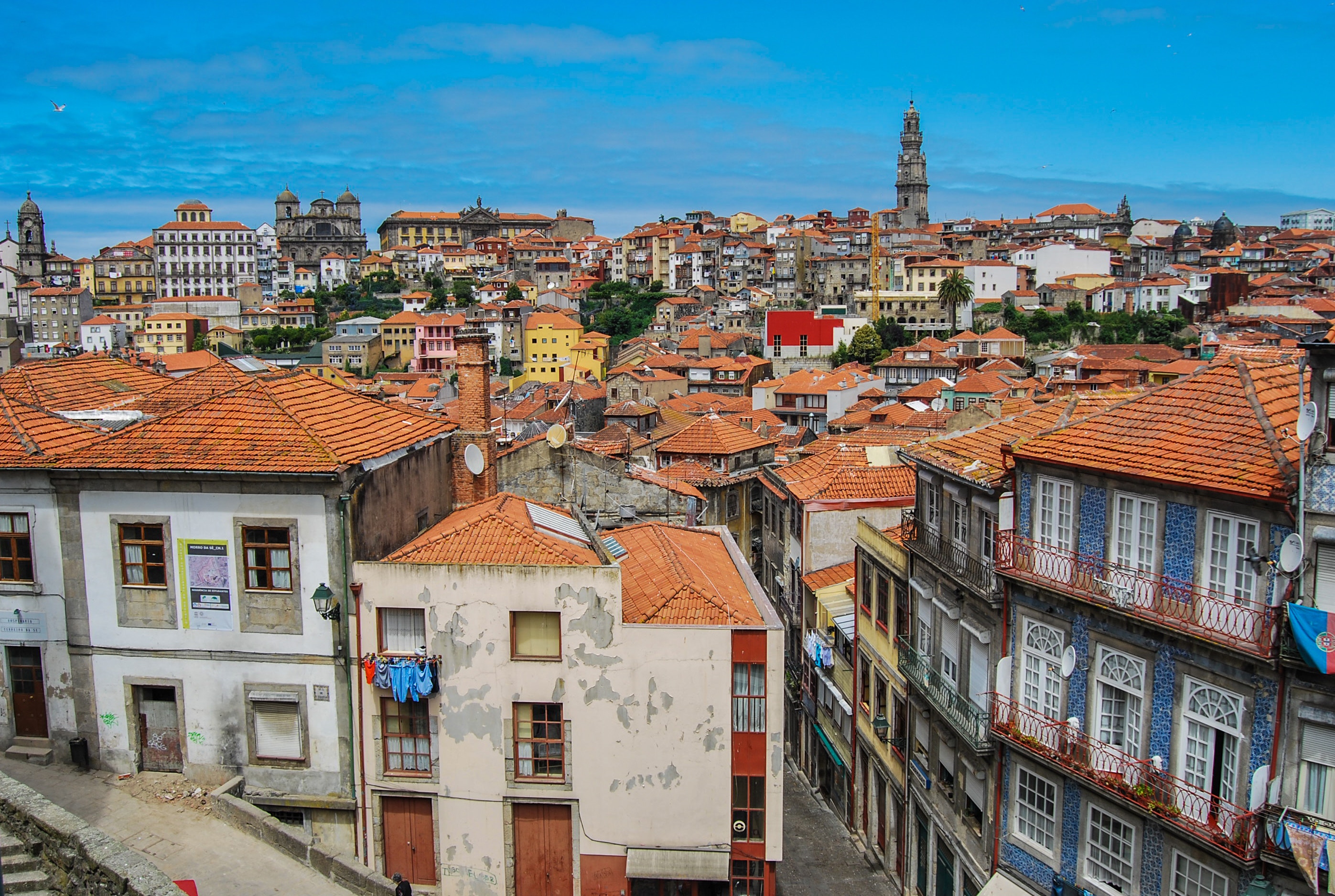
Barcelona & Secrets of the Douro
Barcelona & Secrets of the Douro
Cruise overview
WHY BOOK WITH US?
- ✔ The Deluxe Cruises’ team has extensive experience in ultra-luxury cruising.
- ✔ Call now to speak to our helpful and experienced Cruise Concierge team.
- ✔ Enjoy our Unique Deluxe Cruises Bonus for substantial savings.
- ✔ Our team will tailor your holiday to your exacting requirements.
- ✔ As agents, we work under the protection of each cruise lines ABTA / ATOL licences
About Barcelona
The infinite variety of street life, the nooks and crannies of the medieval Barri Gòtic, the ceramic tile and stained glass of Art Nouveau facades, the art and music, the throb of street life, the food (ah, the food!)—one way or another, Barcelona will find a way to get your full attention. The capital of Catalonia is a banquet for the senses, with its beguiling mix of ancient and modern architecture, tempting cafés and markets, and sun-drenched Mediterranean beaches. A stroll along La Rambla and through waterfront Barceloneta, as well as a tour of Gaudí's majestic Sagrada Famíliaand his other unique creations, are part of a visit to Spain's second-largest city. Modern art museums and chic shops call for attention, too. Barcelona's vibe stays lively well into the night, when you can linger over regional wine and cuisine at buzzing tapas bars.
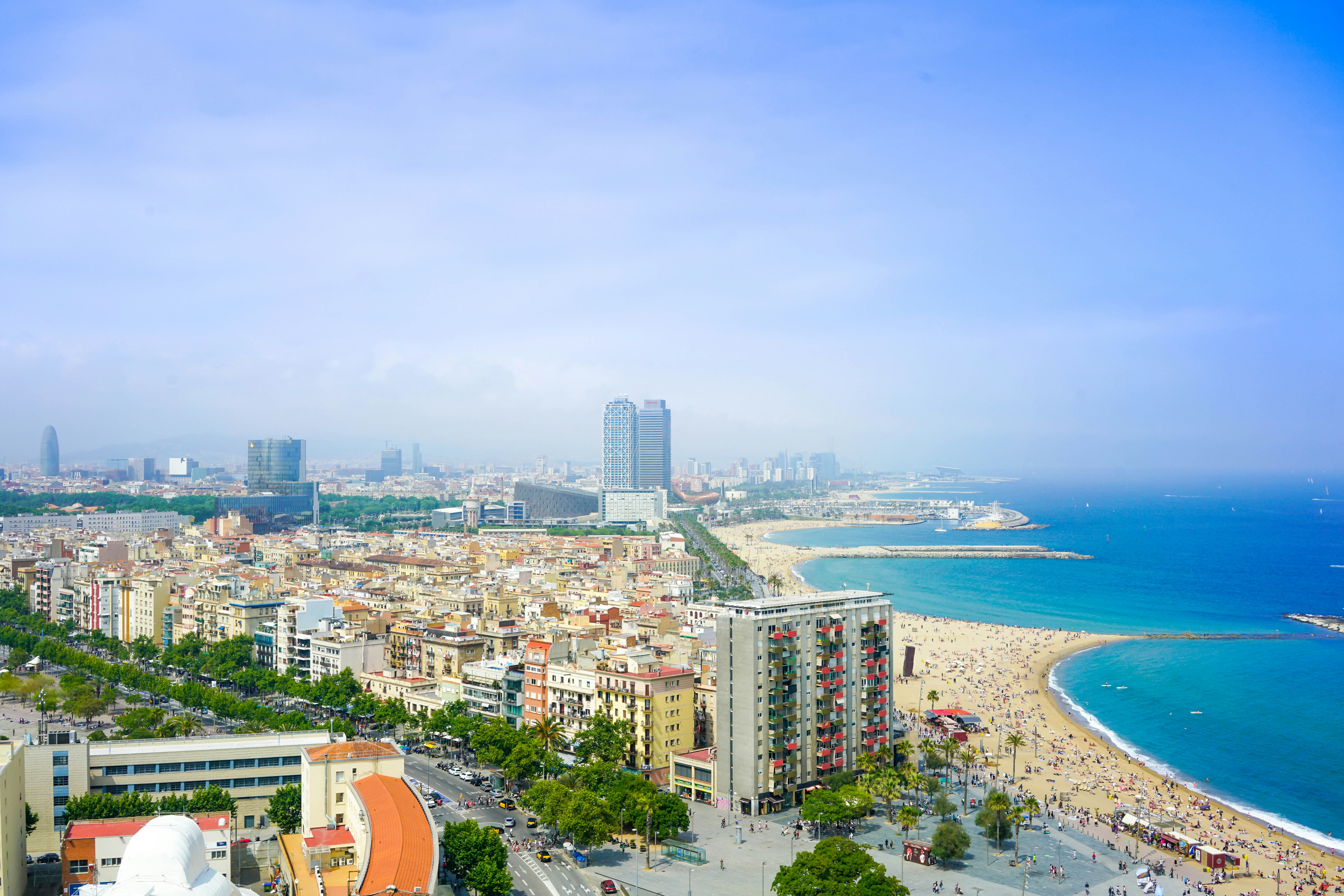



About Barcelona
The infinite variety of street life, the nooks and crannies of the medieval Barri Gòtic, the ceramic tile and stained glass of Art Nouveau facades, the art and music, the throb of street life, the food (ah, the food!)—one way or another, Barcelona will find a way to get your full attention. The capital of Catalonia is a banquet for the senses, with its beguiling mix of ancient and modern architecture, tempting cafés and markets, and sun-drenched Mediterranean beaches. A stroll along La Rambla and through waterfront Barceloneta, as well as a tour of Gaudí's majestic Sagrada Famíliaand his other unique creations, are part of a visit to Spain's second-largest city. Modern art museums and chic shops call for attention, too. Barcelona's vibe stays lively well into the night, when you can linger over regional wine and cuisine at buzzing tapas bars.




About Barcelona
The infinite variety of street life, the nooks and crannies of the medieval Barri Gòtic, the ceramic tile and stained glass of Art Nouveau facades, the art and music, the throb of street life, the food (ah, the food!)—one way or another, Barcelona will find a way to get your full attention. The capital of Catalonia is a banquet for the senses, with its beguiling mix of ancient and modern architecture, tempting cafés and markets, and sun-drenched Mediterranean beaches. A stroll along La Rambla and through waterfront Barceloneta, as well as a tour of Gaudí's majestic Sagrada Famíliaand his other unique creations, are part of a visit to Spain's second-largest city. Modern art museums and chic shops call for attention, too. Barcelona's vibe stays lively well into the night, when you can linger over regional wine and cuisine at buzzing tapas bars.




About Barcelona
The infinite variety of street life, the nooks and crannies of the medieval Barri Gòtic, the ceramic tile and stained glass of Art Nouveau facades, the art and music, the throb of street life, the food (ah, the food!)—one way or another, Barcelona will find a way to get your full attention. The capital of Catalonia is a banquet for the senses, with its beguiling mix of ancient and modern architecture, tempting cafés and markets, and sun-drenched Mediterranean beaches. A stroll along La Rambla and through waterfront Barceloneta, as well as a tour of Gaudí's majestic Sagrada Famíliaand his other unique creations, are part of a visit to Spain's second-largest city. Modern art museums and chic shops call for attention, too. Barcelona's vibe stays lively well into the night, when you can linger over regional wine and cuisine at buzzing tapas bars.




About Porto
Lively, commercial Oporto is the second largest city in Portugal after Lisbon. Also called Porto for short, the word easily brings to mind the city's most famous product - port wine. Oporto's strategic location on the north bank of the Douro River has accounted for the town's importance since ancient times. The Romans built a fort here where their trading route crossed the Douro, and the Moors brought their own culture to the area. Oporto profited from provisioning crusaders en route to the Holy Land and enjoyed the riches from Portuguese maritime discoveries during the 15th and 16th centuries. Later, port wine trade with Britain compensated for the loss of the spice trade and the end of gold and gem shipments from Brazil. In the 19th century, the city went through a period of new prosperity with the rise of industries. In its wake followed the building of workers' quarters and opulent residences. Since the declaration of Oporto as a World Heritage Site by UNESCO, the city aims to build up a cultural reference that will provide it with a new image, based on deep historical roots. Among the attractions that make Oporto such an interesting place are its graceful bridges spanning the Douro River, a picturesque riverfront quarter and, most notable, its world-famous port wine lodges. Although Oporto is a bustling centre and home to many different businesses, the source of its greatest fame is the rich, sweet fortified red wine we know as port.
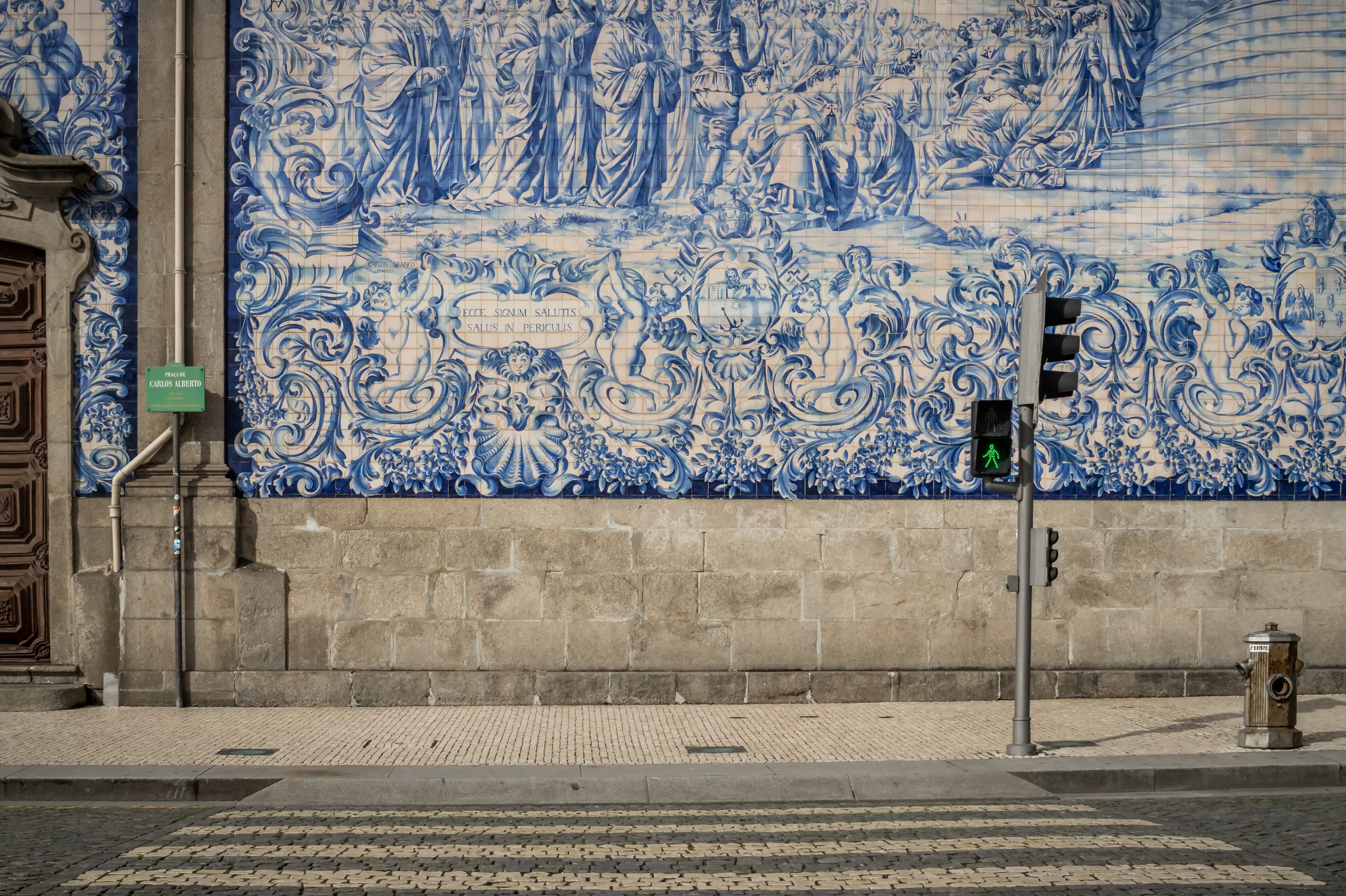
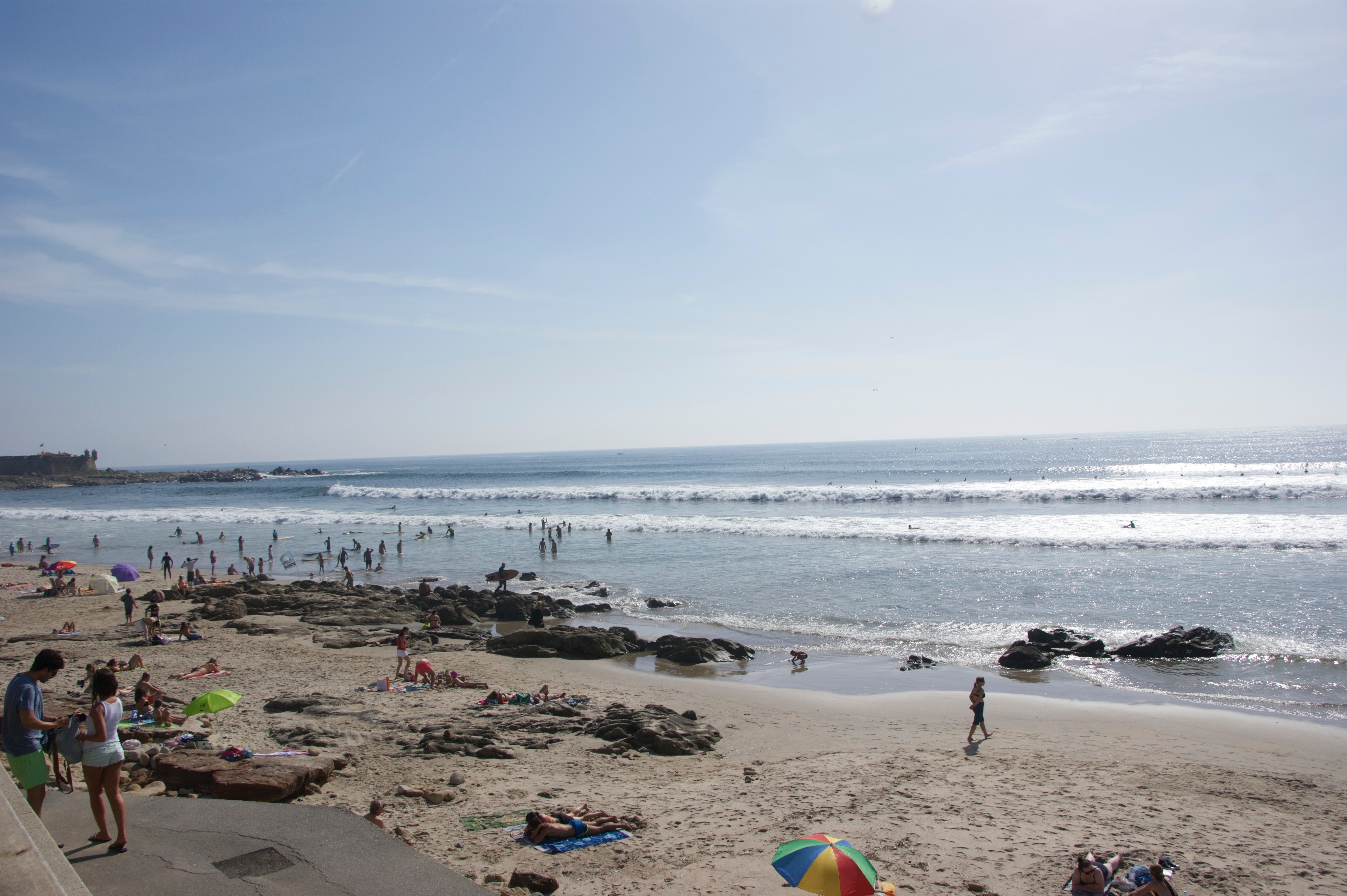
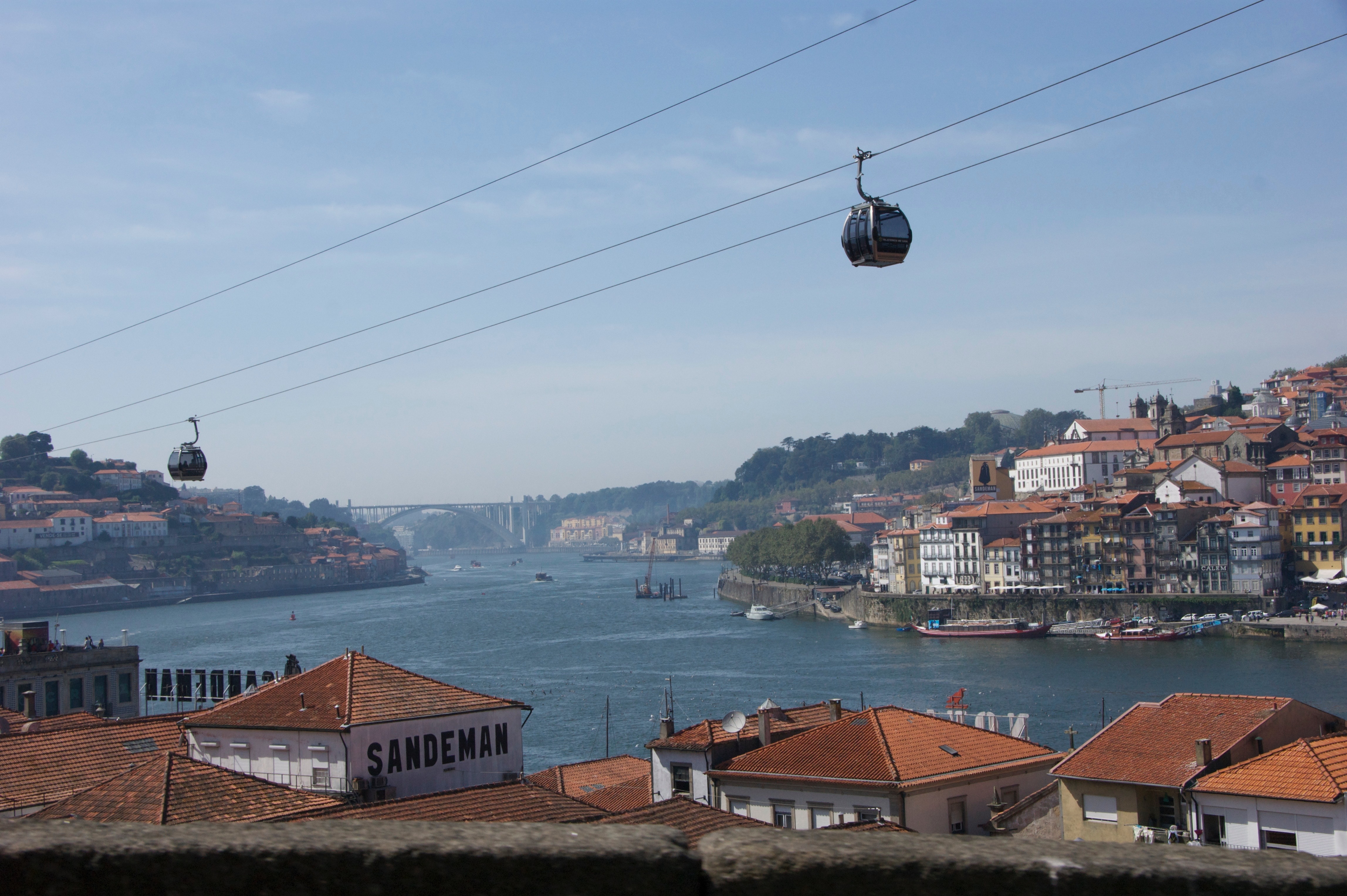
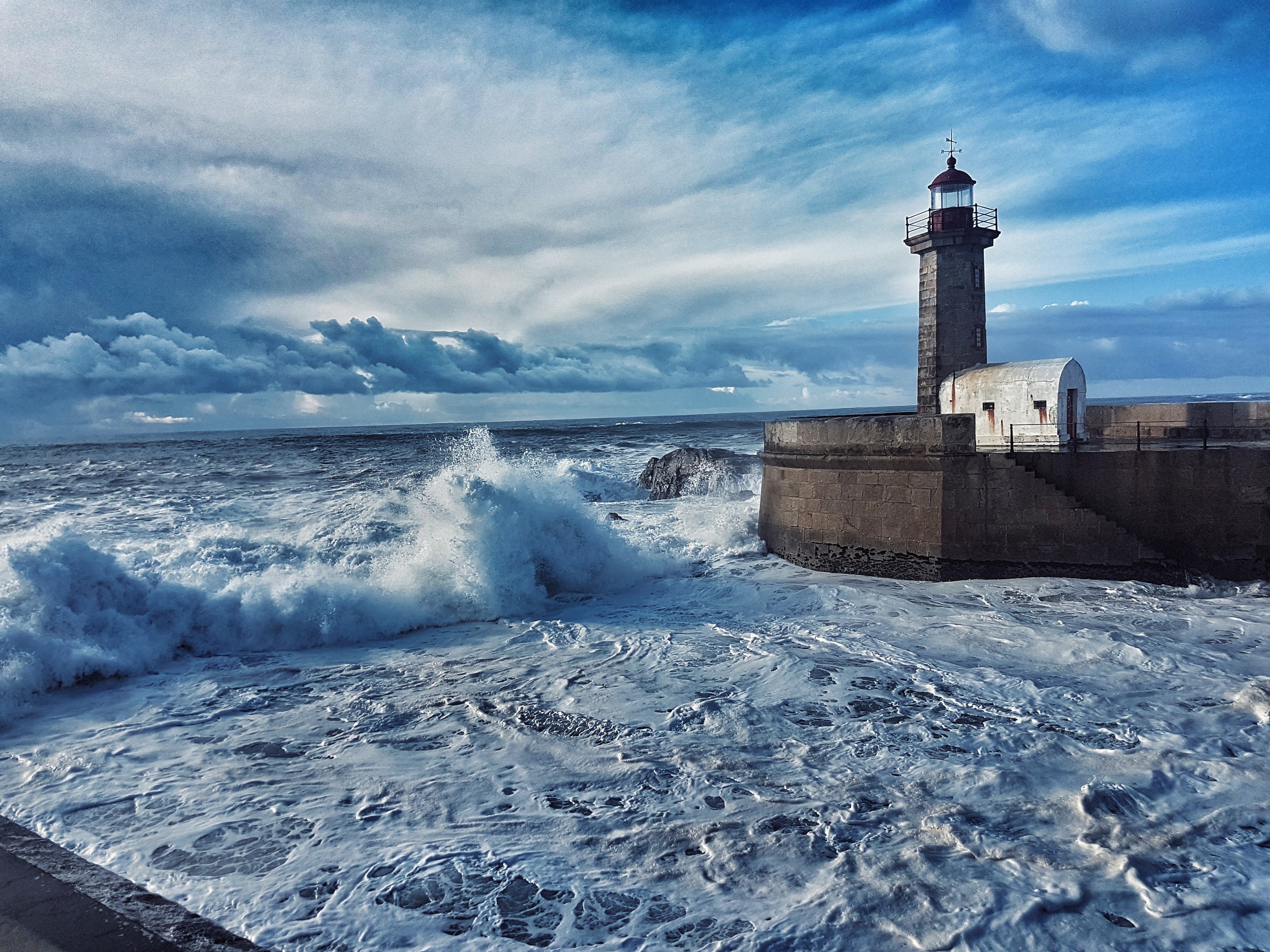

About Porto
Lively, commercial Oporto is the second largest city in Portugal after Lisbon. Also called Porto for short, the word easily brings to mind the city's most famous product - port wine. Oporto's strategic location on the north bank of the Douro River has accounted for the town's importance since ancient times. The Romans built a fort here where their trading route crossed the Douro, and the Moors brought their own culture to the area. Oporto profited from provisioning crusaders en route to the Holy Land and enjoyed the riches from Portuguese maritime discoveries during the 15th and 16th centuries. Later, port wine trade with Britain compensated for the loss of the spice trade and the end of gold and gem shipments from Brazil. In the 19th century, the city went through a period of new prosperity with the rise of industries. In its wake followed the building of workers' quarters and opulent residences. Since the declaration of Oporto as a World Heritage Site by UNESCO, the city aims to build up a cultural reference that will provide it with a new image, based on deep historical roots. Among the attractions that make Oporto such an interesting place are its graceful bridges spanning the Douro River, a picturesque riverfront quarter and, most notable, its world-famous port wine lodges. Although Oporto is a bustling centre and home to many different businesses, the source of its greatest fame is the rich, sweet fortified red wine we know as port.





About Pinhão
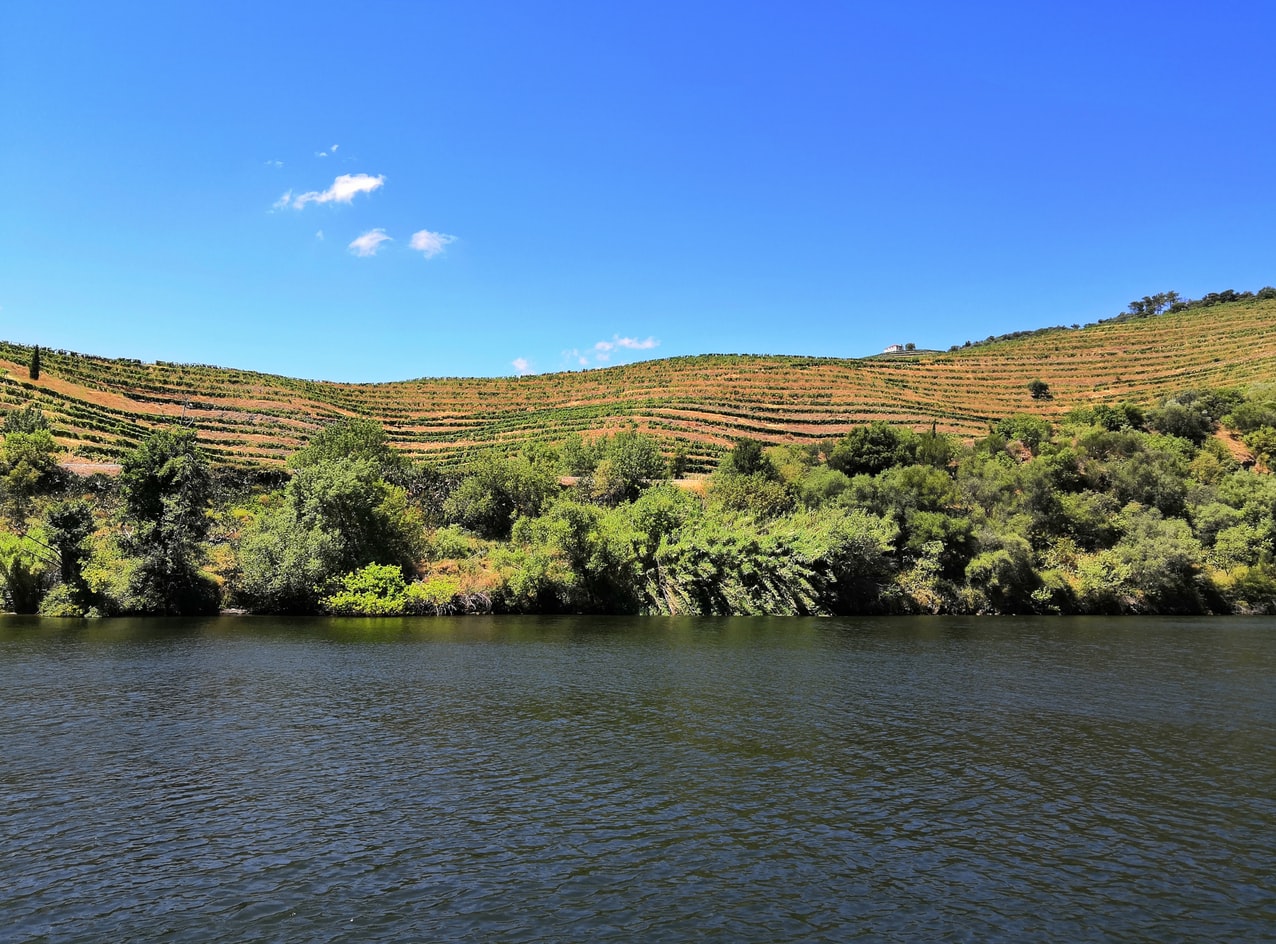
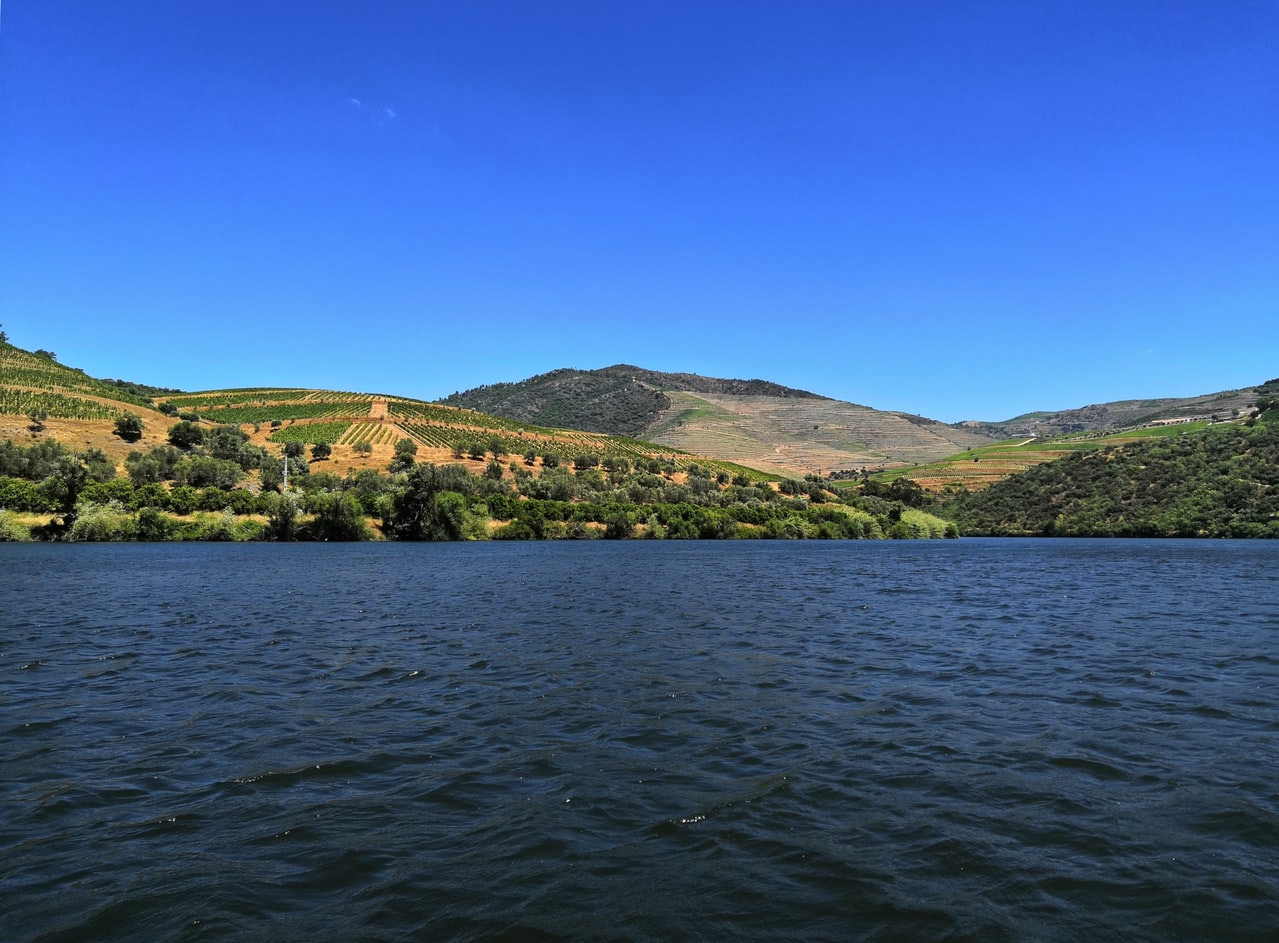
About Pinhão


About Vega de Terrón
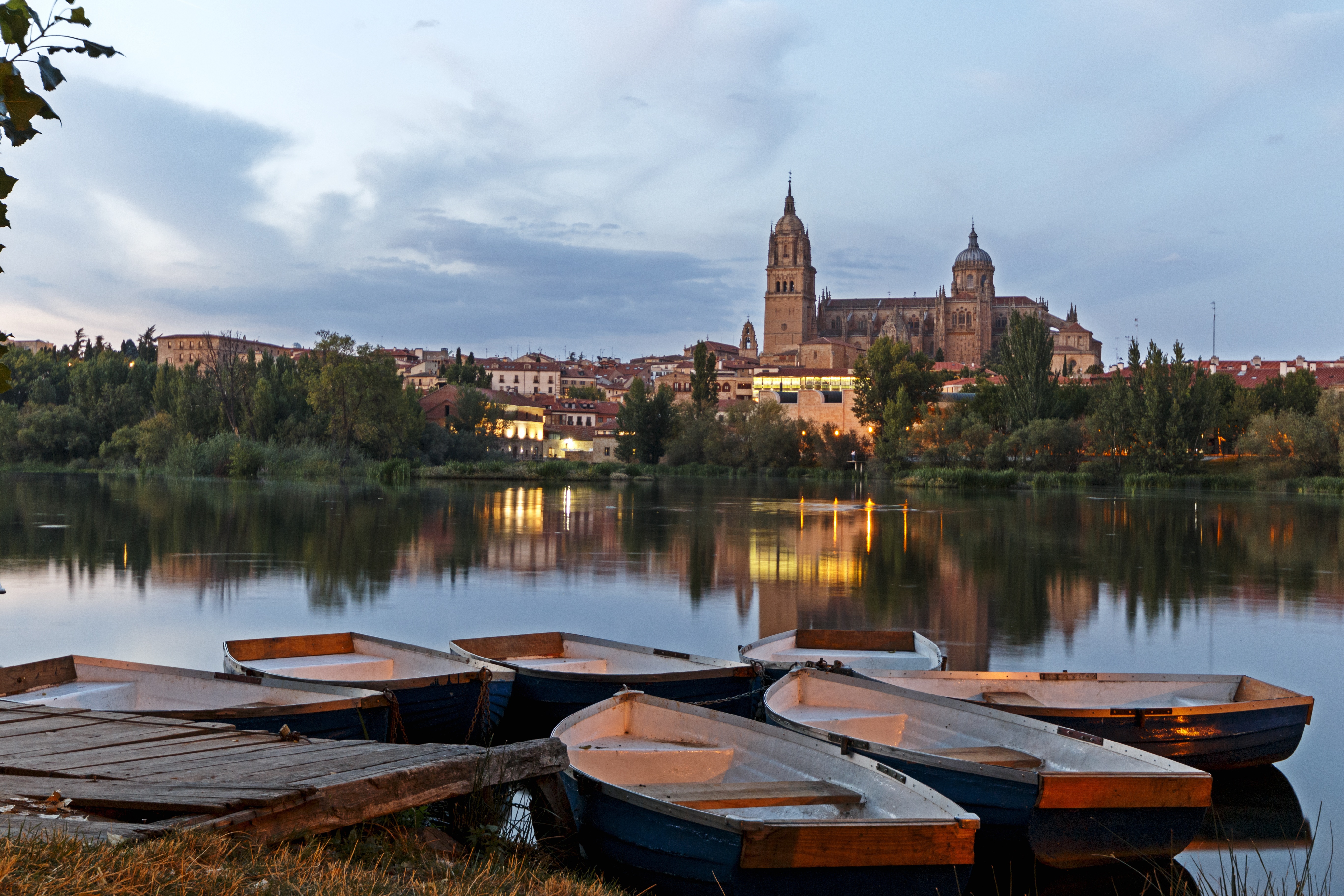
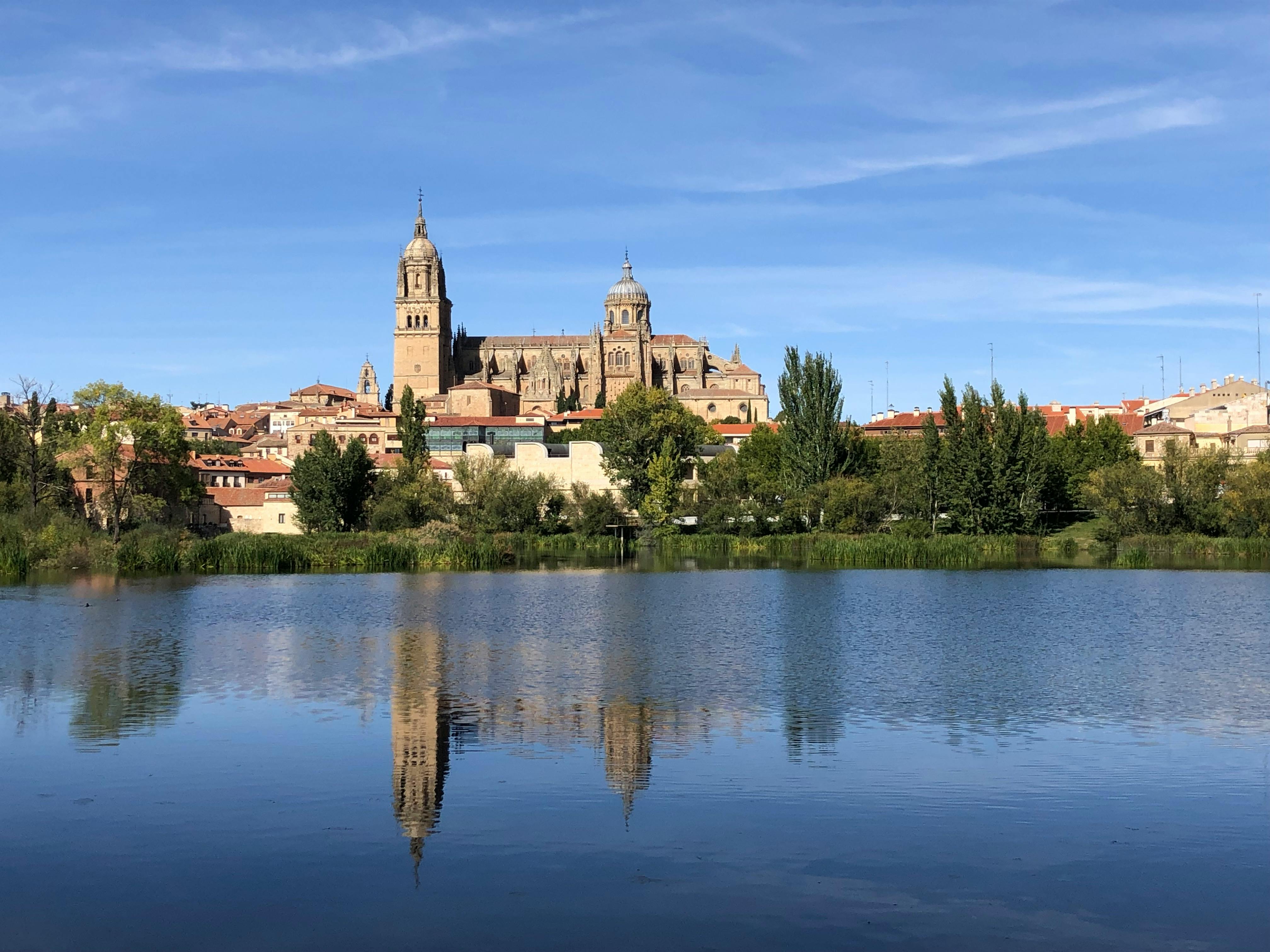
About Vega de Terrón


About Salamanca

About Pocinho
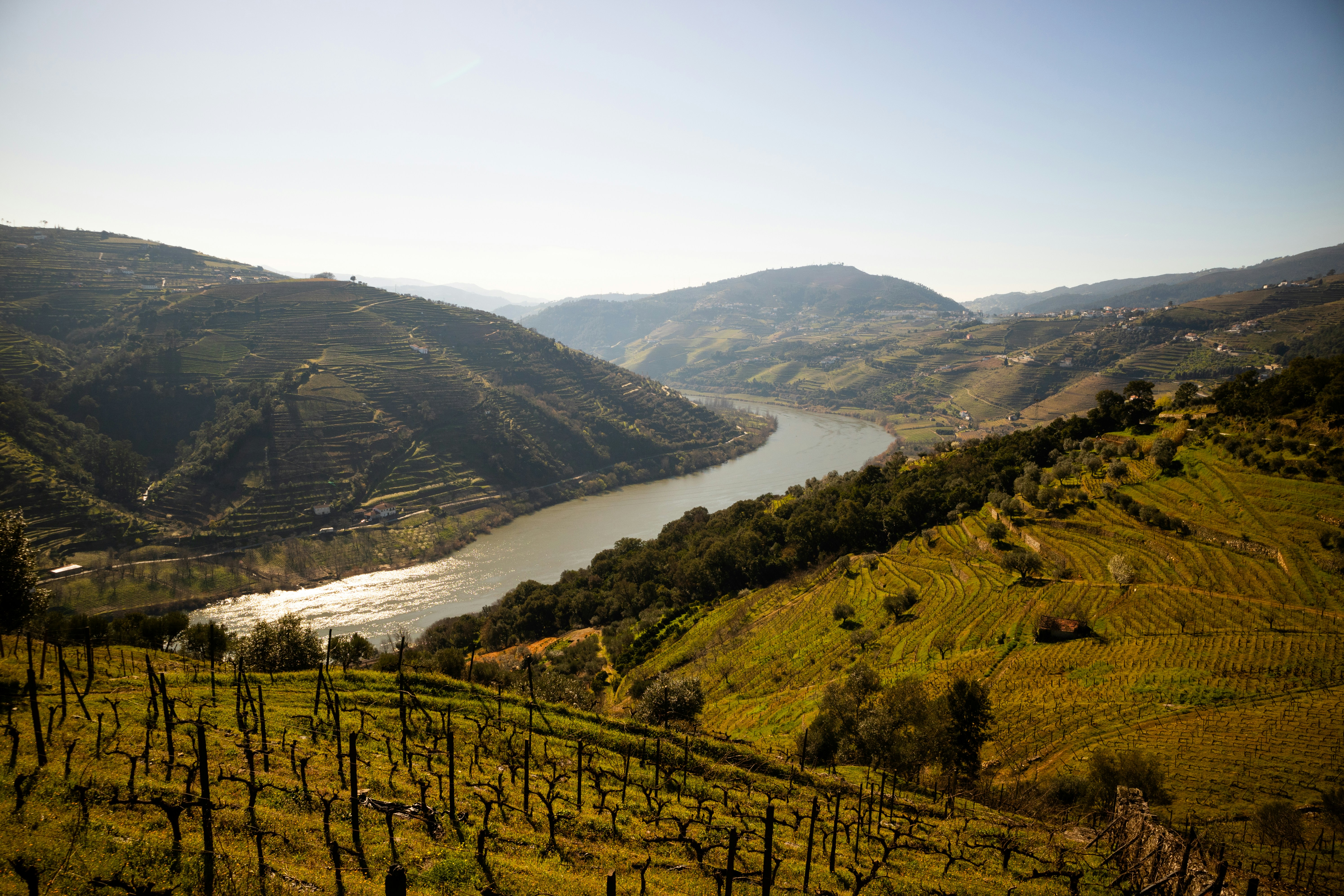
About Régua
About Régua
About Porto
Lively, commercial Oporto is the second largest city in Portugal after Lisbon. Also called Porto for short, the word easily brings to mind the city's most famous product - port wine. Oporto's strategic location on the north bank of the Douro River has accounted for the town's importance since ancient times. The Romans built a fort here where their trading route crossed the Douro, and the Moors brought their own culture to the area. Oporto profited from provisioning crusaders en route to the Holy Land and enjoyed the riches from Portuguese maritime discoveries during the 15th and 16th centuries. Later, port wine trade with Britain compensated for the loss of the spice trade and the end of gold and gem shipments from Brazil. In the 19th century, the city went through a period of new prosperity with the rise of industries. In its wake followed the building of workers' quarters and opulent residences. Since the declaration of Oporto as a World Heritage Site by UNESCO, the city aims to build up a cultural reference that will provide it with a new image, based on deep historical roots. Among the attractions that make Oporto such an interesting place are its graceful bridges spanning the Douro River, a picturesque riverfront quarter and, most notable, its world-famous port wine lodges. Although Oporto is a bustling centre and home to many different businesses, the source of its greatest fame is the rich, sweet fortified red wine we know as port.





About Porto
Lively, commercial Oporto is the second largest city in Portugal after Lisbon. Also called Porto for short, the word easily brings to mind the city's most famous product - port wine. Oporto's strategic location on the north bank of the Douro River has accounted for the town's importance since ancient times. The Romans built a fort here where their trading route crossed the Douro, and the Moors brought their own culture to the area. Oporto profited from provisioning crusaders en route to the Holy Land and enjoyed the riches from Portuguese maritime discoveries during the 15th and 16th centuries. Later, port wine trade with Britain compensated for the loss of the spice trade and the end of gold and gem shipments from Brazil. In the 19th century, the city went through a period of new prosperity with the rise of industries. In its wake followed the building of workers' quarters and opulent residences. Since the declaration of Oporto as a World Heritage Site by UNESCO, the city aims to build up a cultural reference that will provide it with a new image, based on deep historical roots. Among the attractions that make Oporto such an interesting place are its graceful bridges spanning the Douro River, a picturesque riverfront quarter and, most notable, its world-famous port wine lodges. Although Oporto is a bustling centre and home to many different businesses, the source of its greatest fame is the rich, sweet fortified red wine we know as port.





A suite unique to our Emerald Radiance Star-Ship sailing Portugal’s Douro, our two exquisite Emerald Riverview Suites are thoughtfully positioned at the back of the ship. Floor-to-ceiling windows open out onto your own private balcony which, at the simple press of a button opens up to transform it into an open-air space. Relax in the morning with a freshly made cup of coffee from your Nespresso™ machine and, if you wish, have a continental breakfast brought to your suite to enjoy in private. You’ll have the luxury of space as your separate bedroom and lounge area creates the ideal home-away-from-home, as well as a walk-in wardrobe, so you can truly settle into your surrounds.
Enjoy an incredible night’s sleep in your queen-size or twin hotel-style bed, wrapped up in luxurious bed linen, and select a pillow from our extensive menu. Lay back and watch a film in bed on your flat screen TV and infotainment system, or enjoy the space as you ponder an exciting day ahead.
Your luxurious bathroom features a shower complete with decadent toiletries, as well as comfortable bathrobes and slippers, the perfect attire for getting ready for an evening meal. And, the suite comes with an exclusive invite to dine at the Captain’s Table for an evening sure to become a highlight of your river cruise. Take advantage of having four laundered items a day and prepare that special suit or gown for a night such as this or for an occasion you may be celebrating. You can even have pre-dinner canapés delivered to your door and after-dinner sweet treats to enjoy with a drink from your complimentary minibar.
With so much to tell your loved ones back home, you can make calls from your in-suite telephone, utilise the ship-wide Wi-Fi and an iPad that’s available for your personal use throughout your journey.
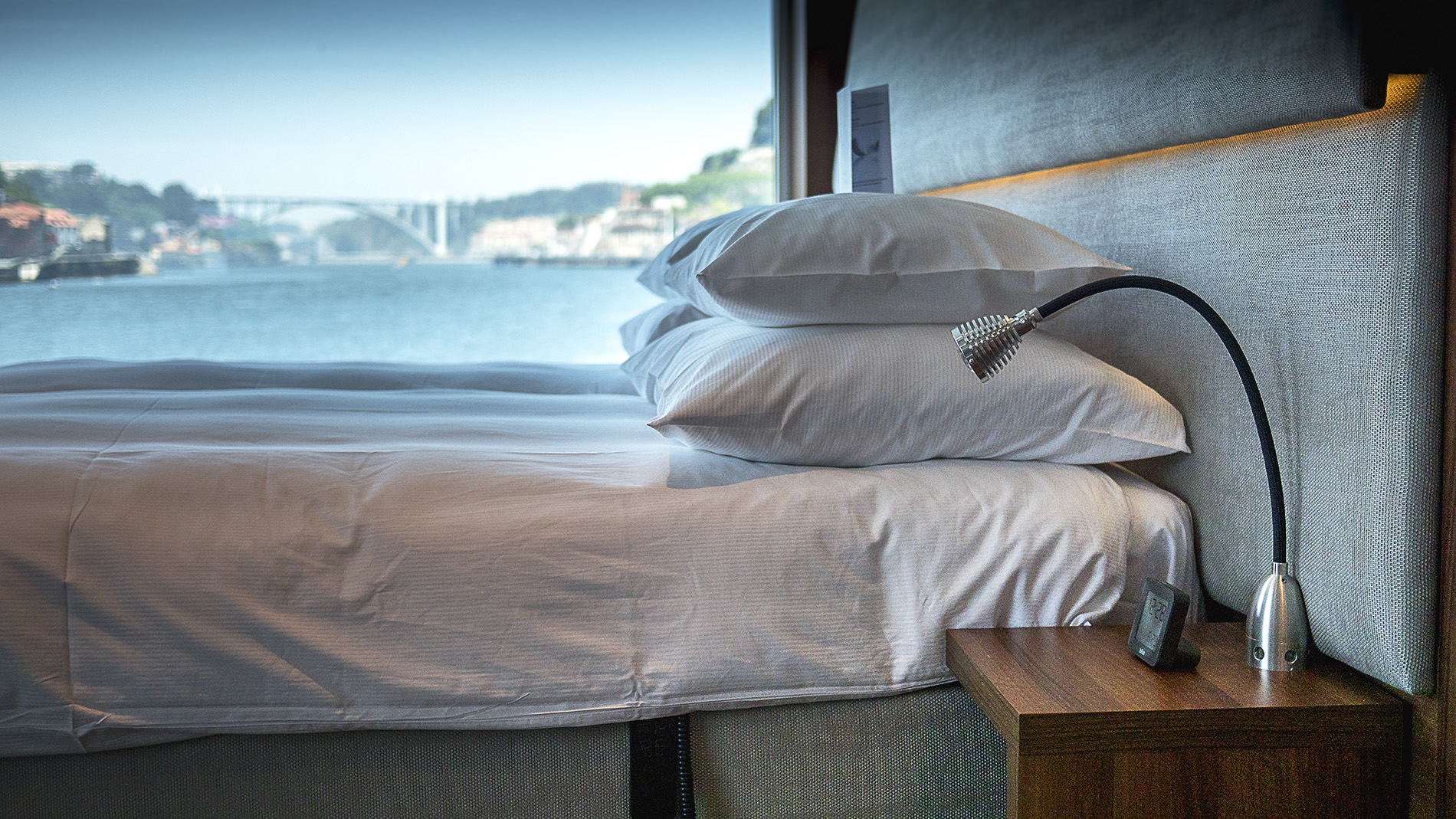
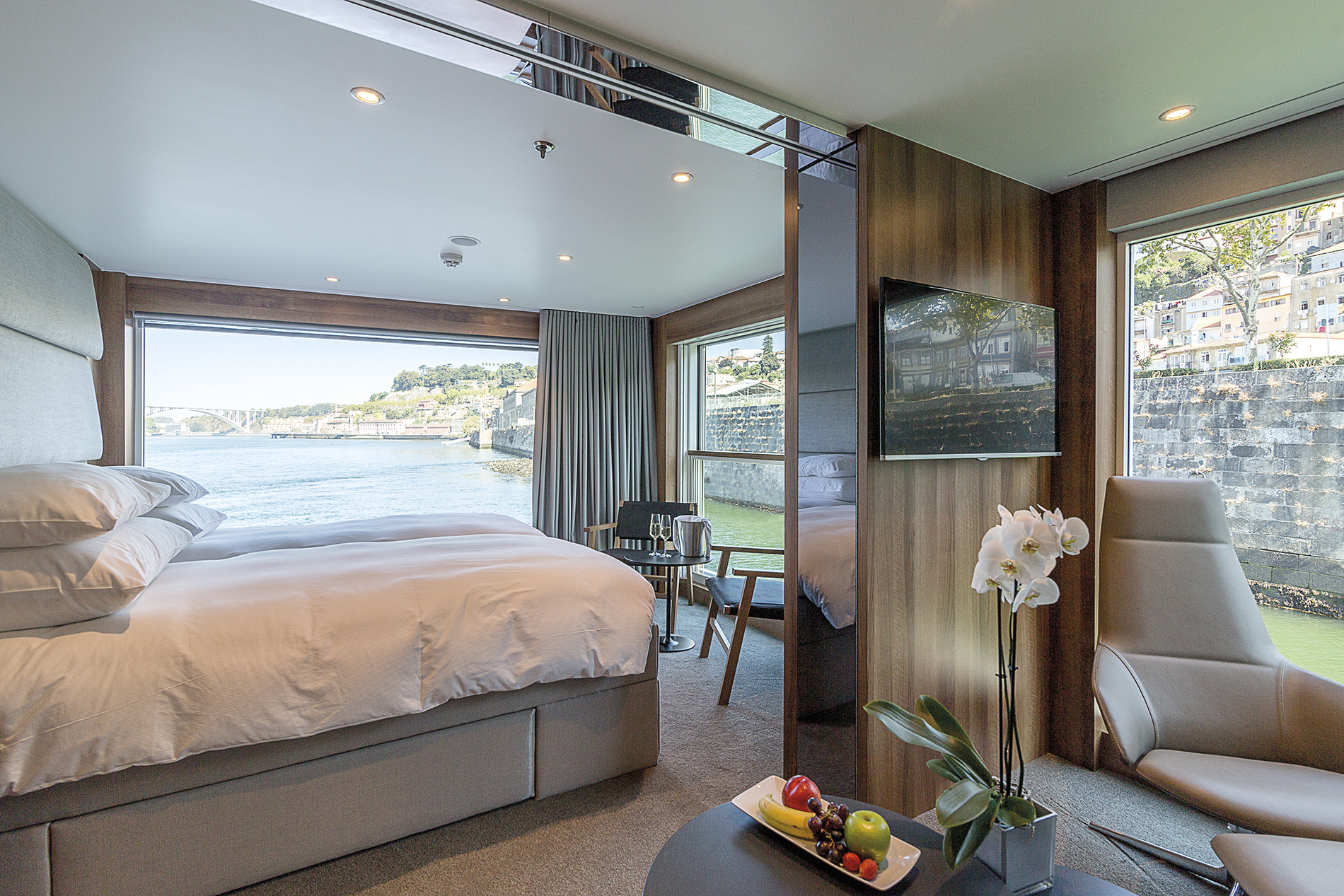
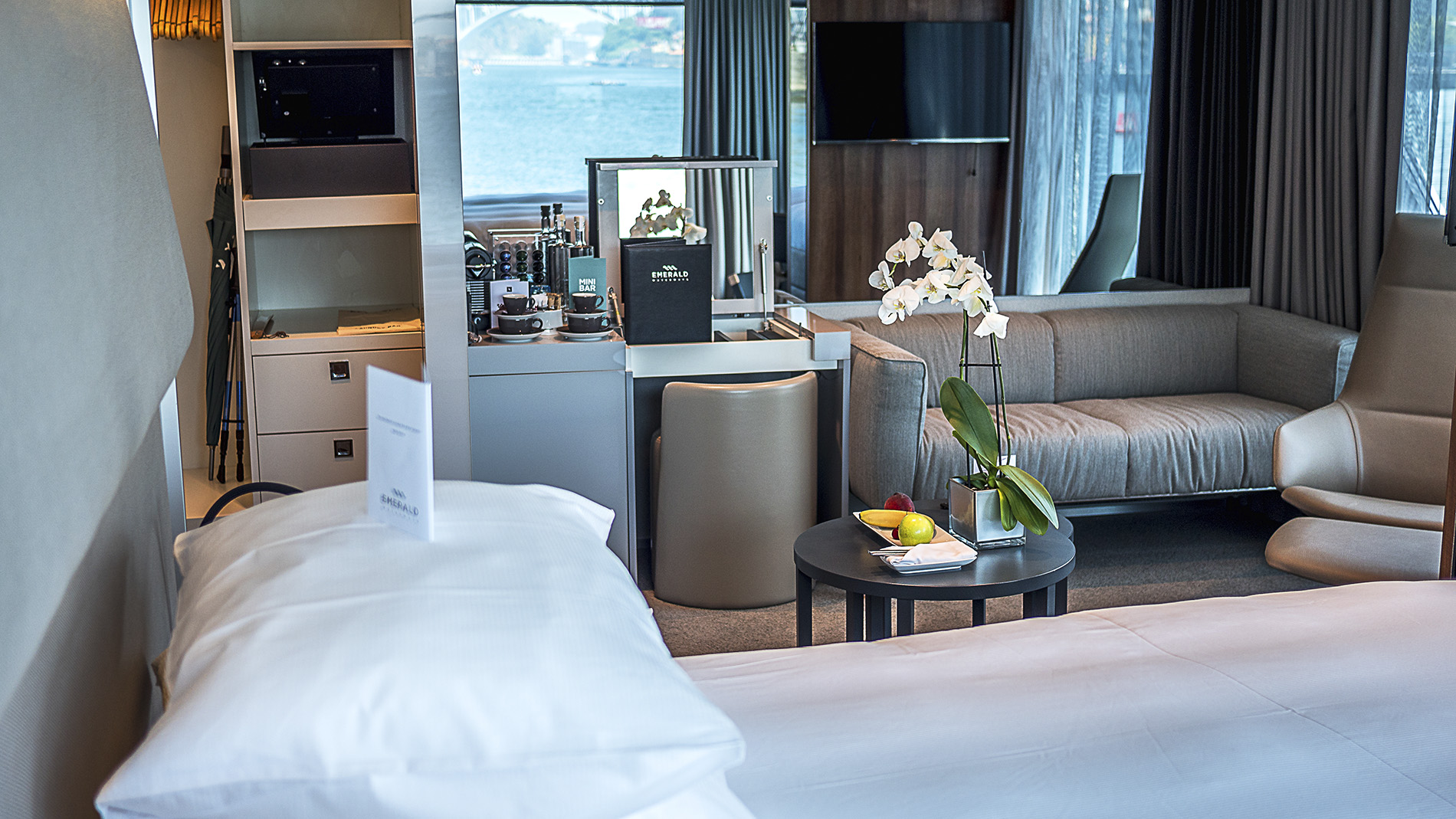
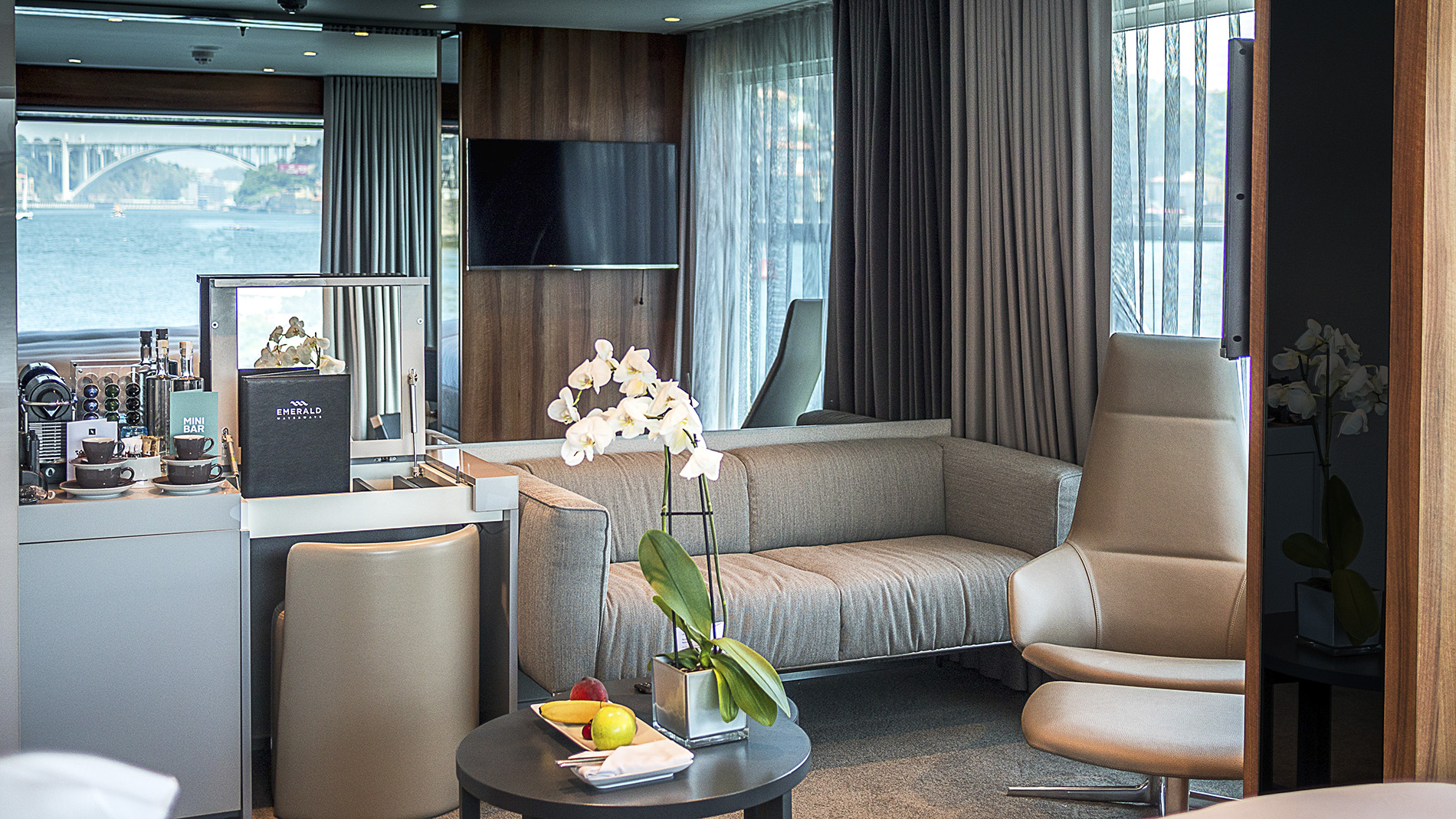
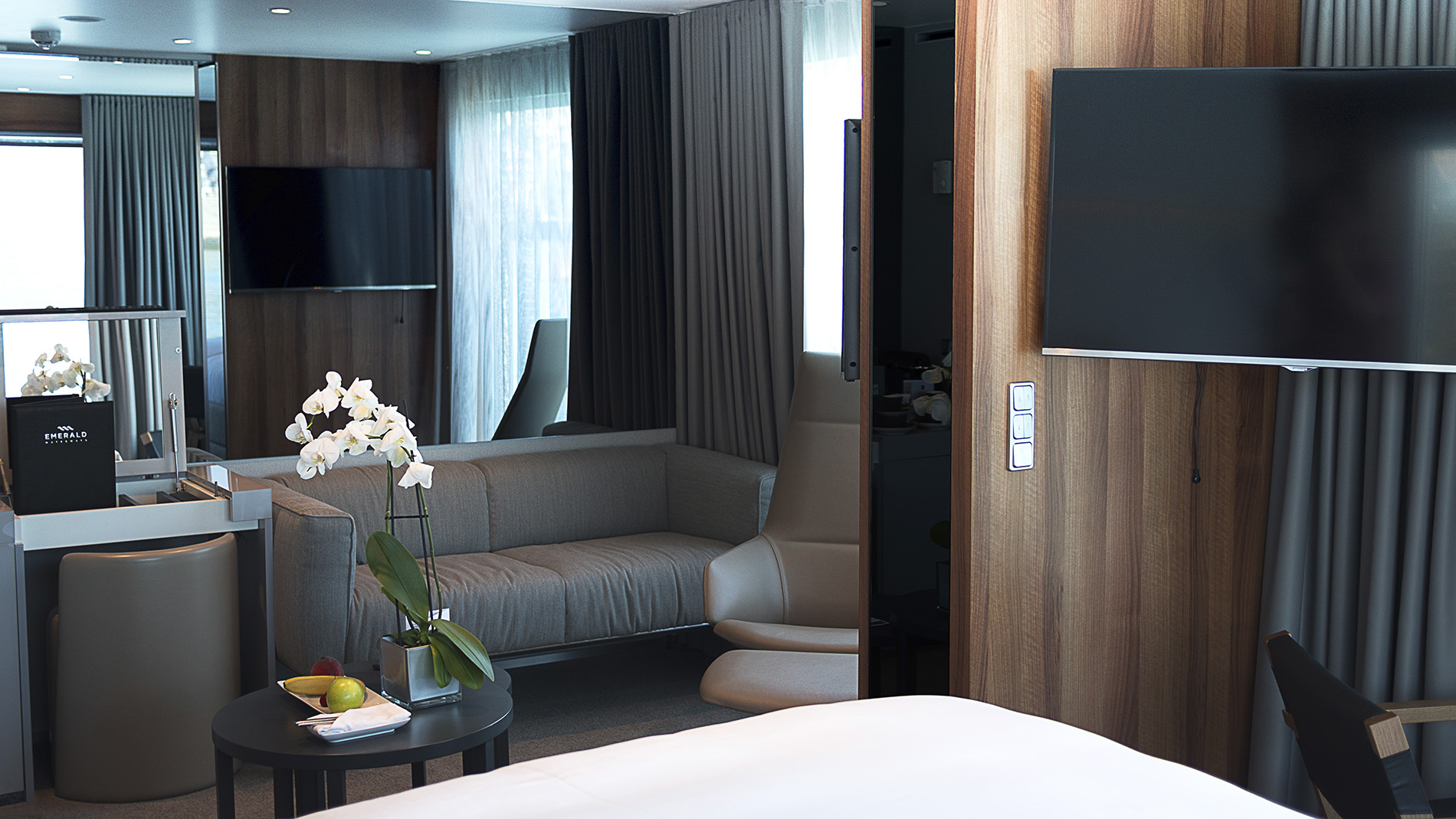
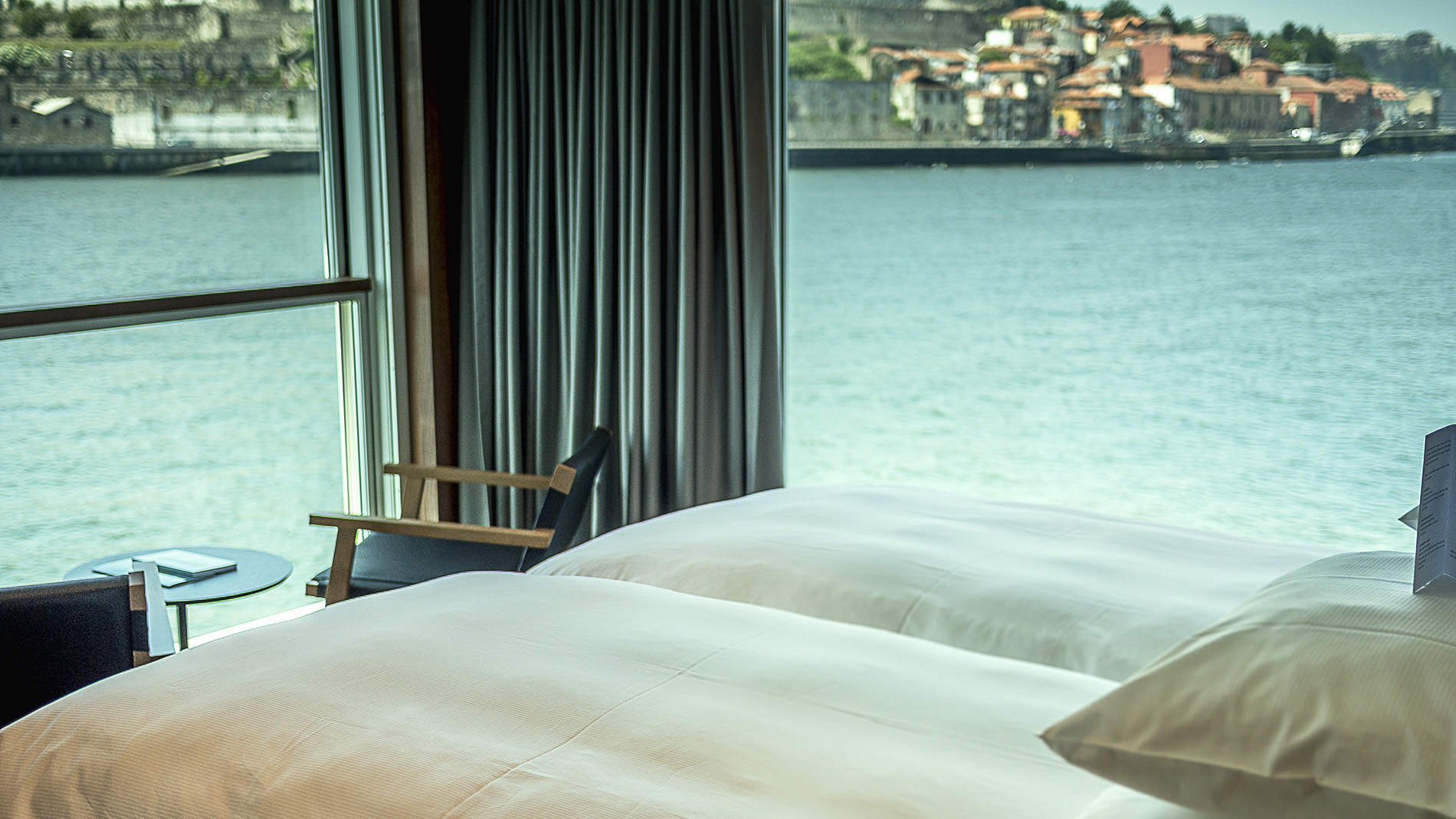
Some of the most sumptuous suites on European waterways, our Owners One-Bedroom Suite has it all. A separate lounge and bedroom area allows the luxury of space, from which to enjoy your complimentary continental breakfast in the morning, a drink from your fully stocked minibar or after-dinner sweet treats before bed.
Your queen-size or twin hotel-style bed will be draped in high quality linens, for the perfect night’s sleep, plus you’ll have the pleasure of selecting your preferred pillow from our extensive menu. Get comfortable for the night after a busy day exploring, and prepare for the next as you unwind with a film on your flat screen TV and infotainment system in true comfort.
A walk-in wardrobe makes unpacking even more of a dream. A great space to keep all your belongings and outfits for special occasions, such as your exclusive dinner at the Captain’s Table. You’ll even have the option to have four items laundered a day to ensure that favourite dress or suit is in the best possible condition for your event.
In the morning, enjoy the perfect wake-up call with a fresh coffee from your in-suite Nespresso™ machine. Sip it on the balcony, wrapped in the comfort of your Emerald Cruises bathrobe and slippers after a refreshing shower in your stylish in-suite bathroom, enhanced by luxurious toiletries.
You’ll have so much to tell your loved ones back home, so we’ve made keeping in contact really easy. Not only will you have an in-suite telephone, but complimentary Wi-Fi throughout the Star-Ship and an iPad means you can choose your favourite method of communication, whenever the moment suits.
Four suites available on-board Emerald Sky, Emerald Star, Emerald Destiny, Emerald Sun and Emerald Dawn sailing the Rhine, Main, Danube and Moselle rivers. Two available on Emerald Liberté sailing through France and Emerald Radiance sailing in Portugal.
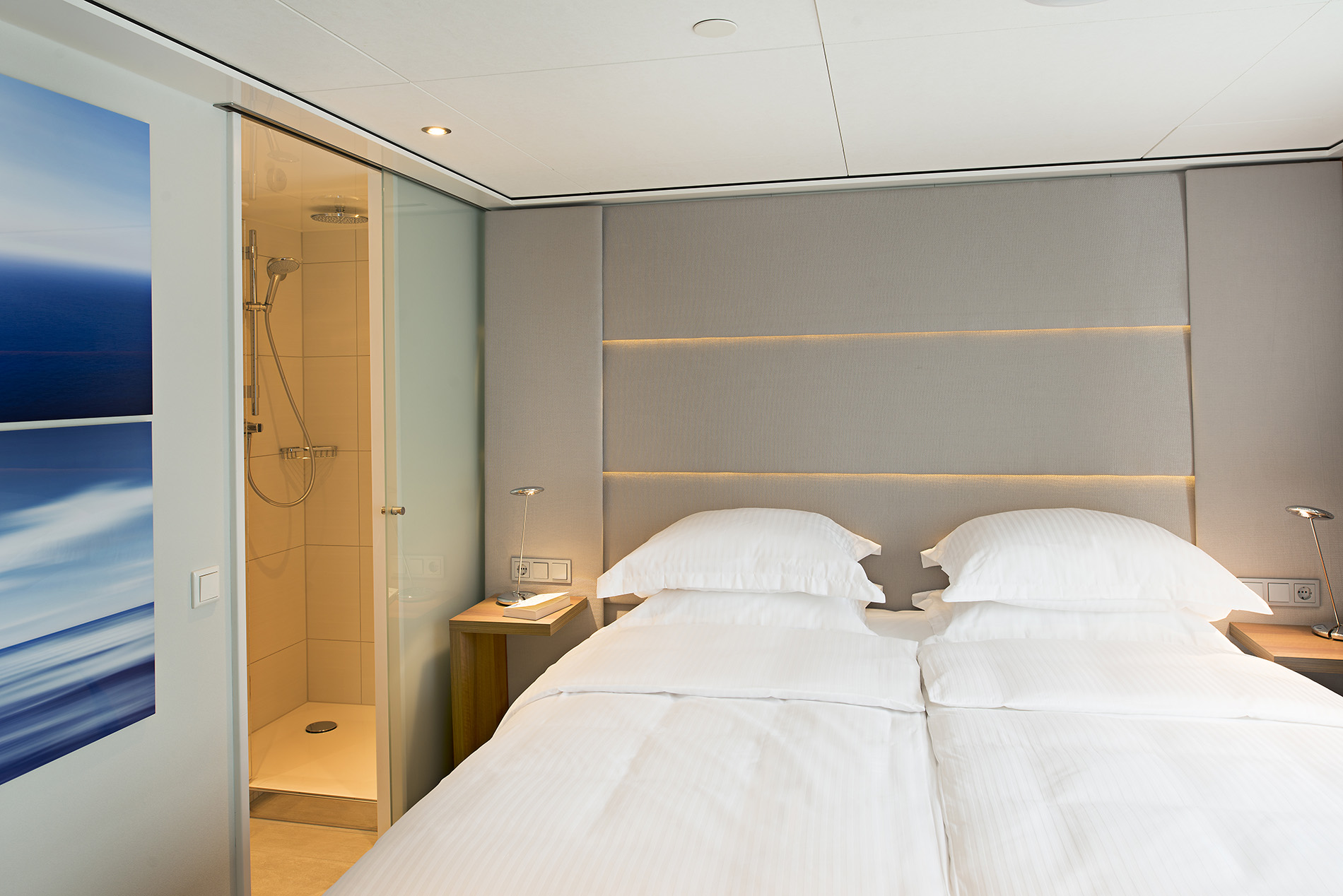

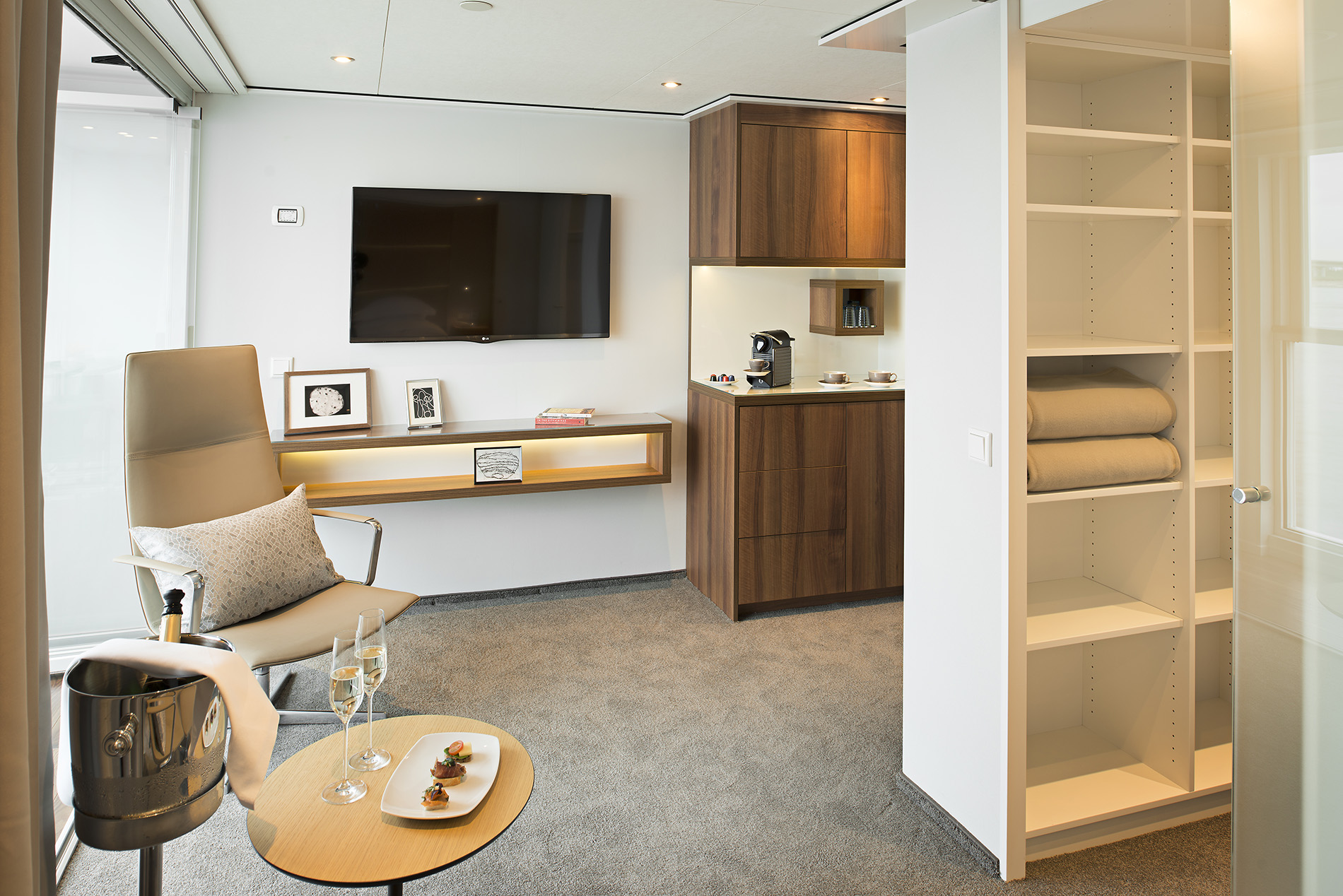
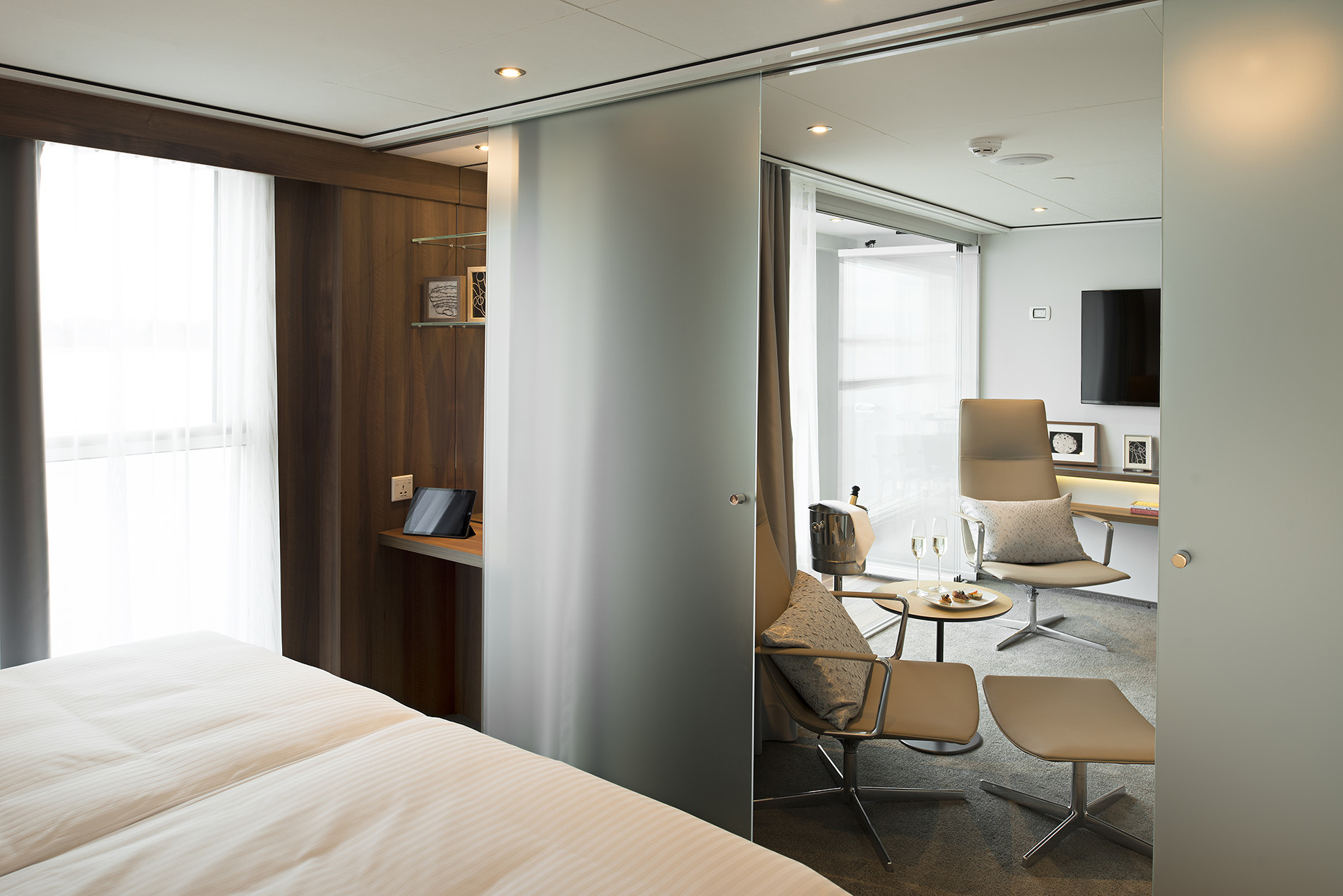
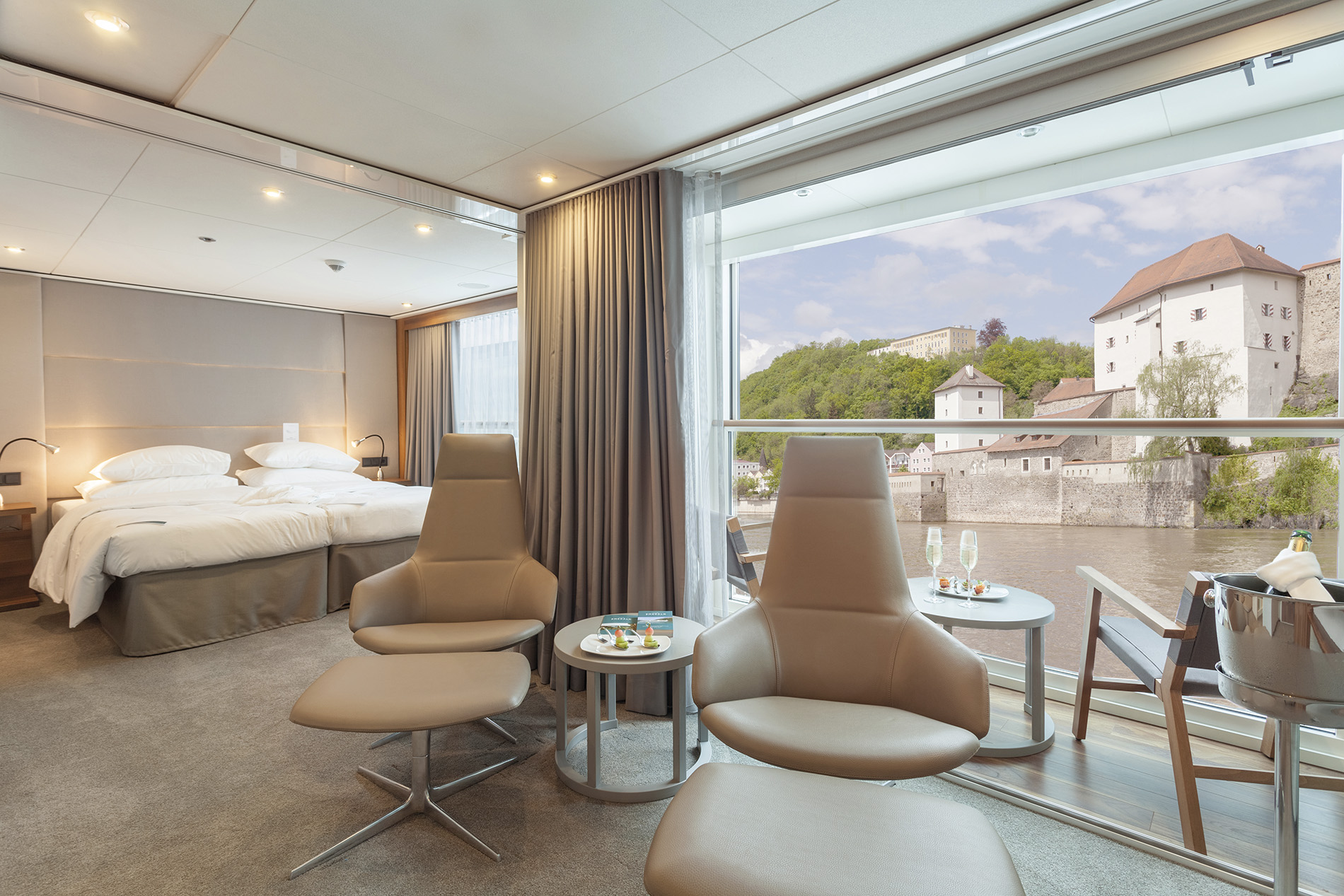
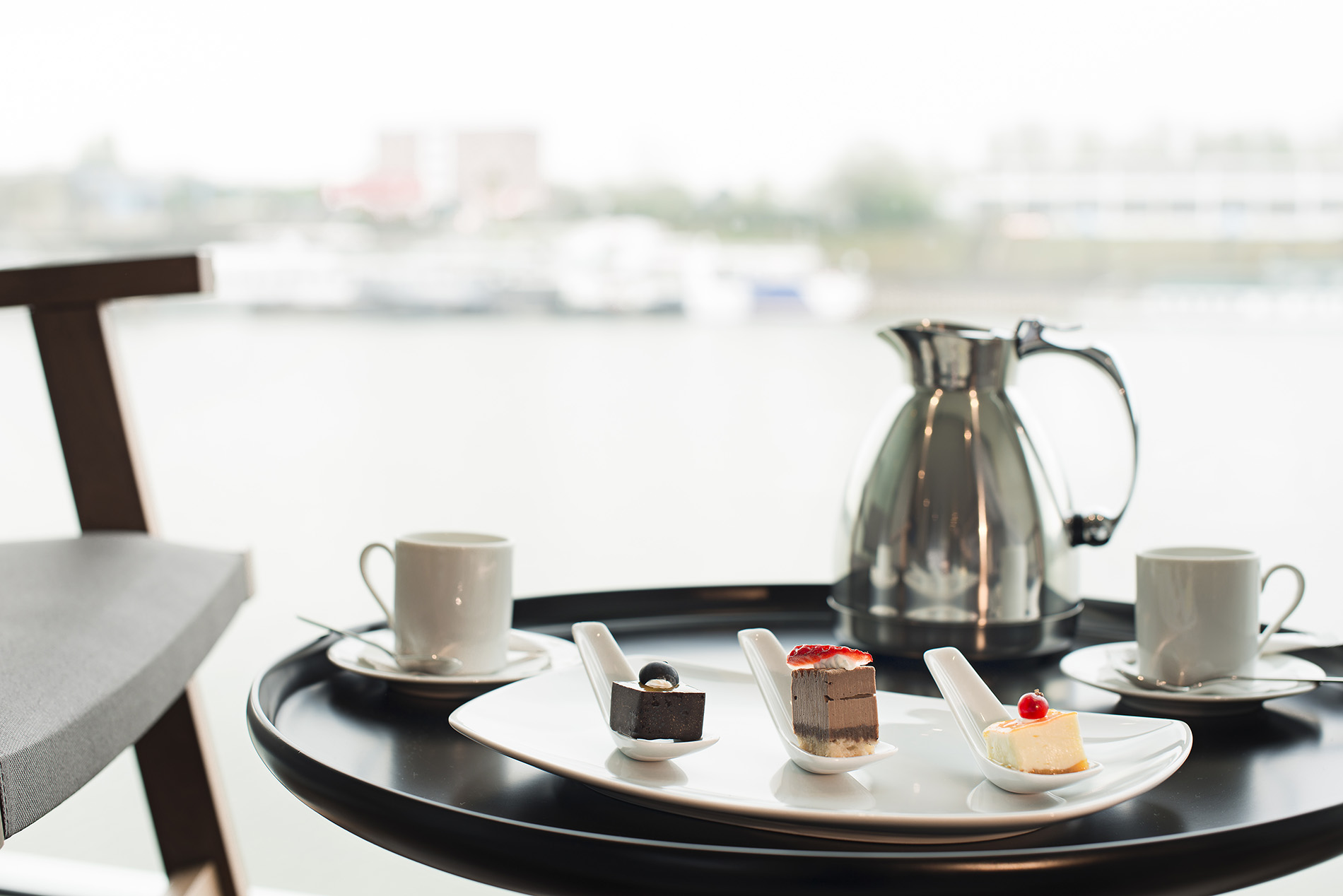
Your Emerald Panorama Balcony Suite offers everything you could possibly need throughout your cruise, and more. You’ll be surrounded by elegant décor and opulent, comfortable furnishings, as you unwind in your home-away-from-home. Relax on your balcony as the stunning landscapes pass by, and transform it from an indoor to an outdoor space with ease, as the floor-to-ceiling window lowers to a halfway point at the touch of a button. Enjoy the river breeze from your comfortable chair, enjoying a good book or the unfolding vistas. Treat yourself to a drink from your suite’s minibar, or use it to keep your complimentary bottle of water chilled, or for any souvenirs that require it.
When it’s time to retire to bed, you can look forward to the exceptional comfort of your queen-size or twin hotel-style bed, complete with luxurious linens. Treat yourself to an indulgent shower with luxury toiletries, to really prepare yourself for an excellent night’s sleep.
Of course, keeping in touch with your loved ones is really easy. Every suite has its own telephone, as well as complimentary Wi-Fi being available throughout the Star-Ship.
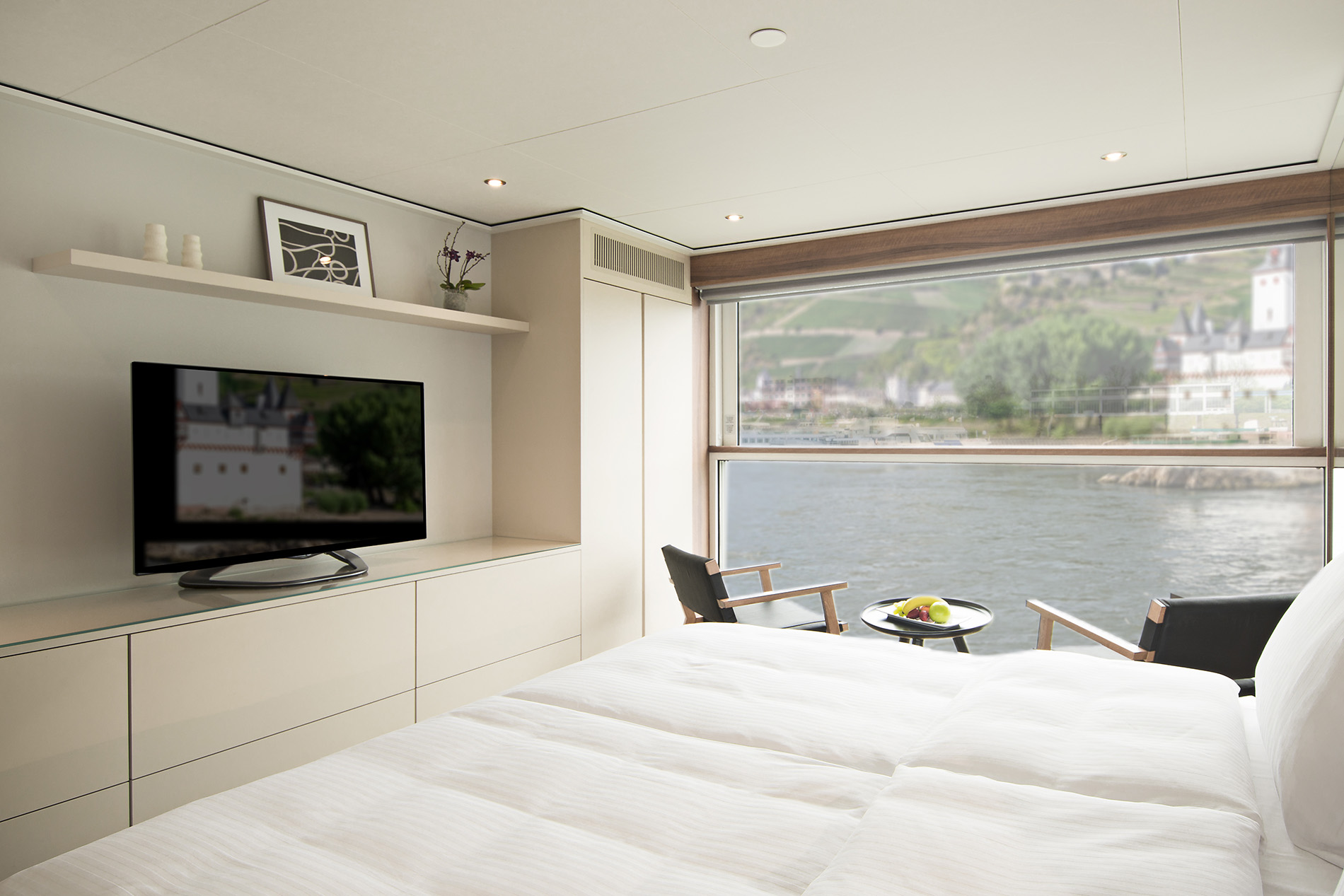
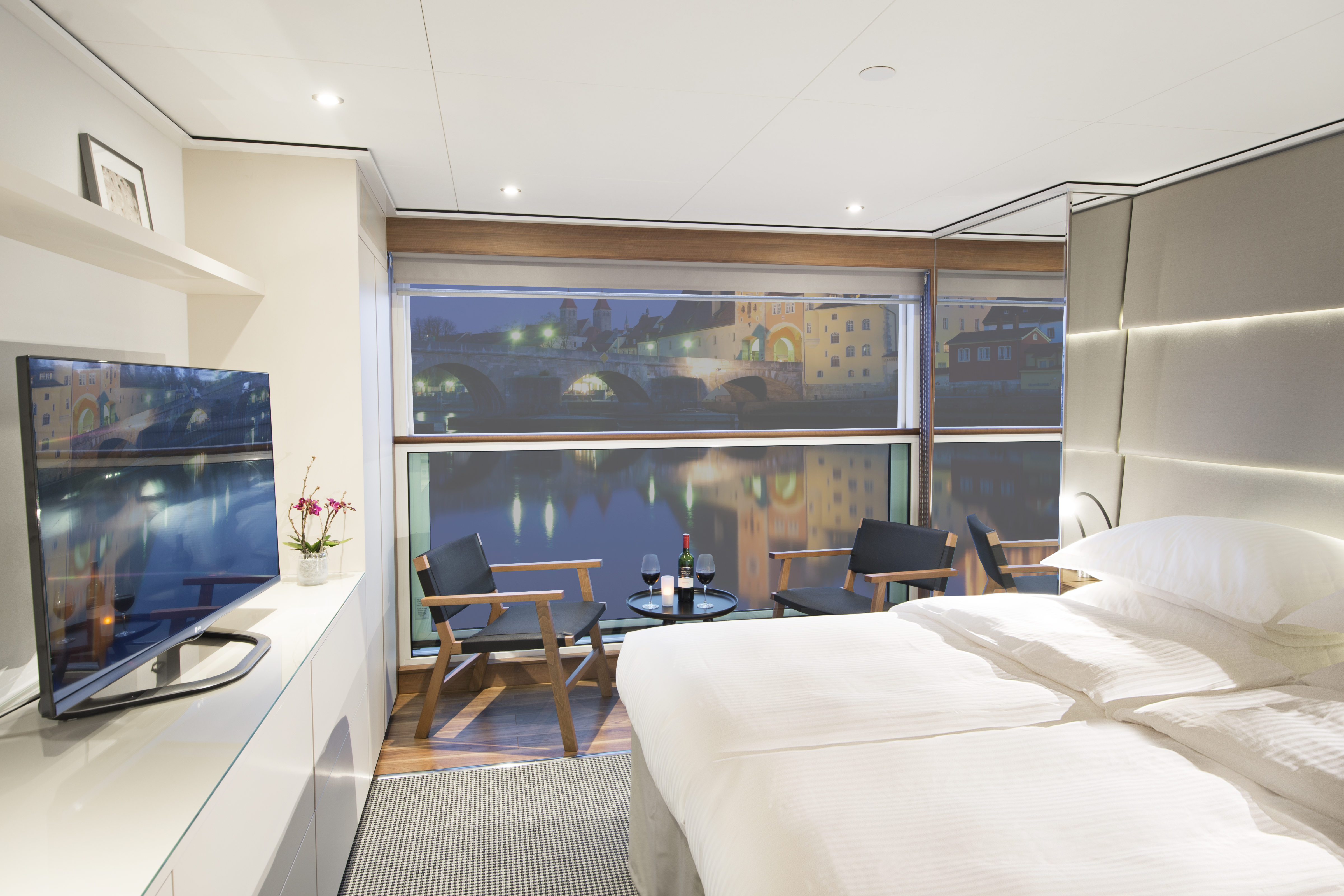
An Emerald Stateroom is home to all the amenities you need to settle into your home-away-from-home. A great size picture window lets in the perfect amount of light, welcoming in the golden summer sunshine, or the winter sun during cooler months.
Comfort is of the highest importance, so each room features individual climate control, allowing you to personalise your room’s temperature to suit your preferences and the time of year you’re cruising.
We’ve designed our bathrooms as a relaxing retreat to retire to after an exciting day exploring. Enjoy a sumptuous shower complete with indulgent toiletries, as well as a hairdryer, all before settling into your queen or twin hotel-style bed, complete with luscious linens, as you enjoy a movie on your flat screen TV and infotainment system with, perhaps, a nightcap from your mini-bar.
If you wish to stay in contact with loved ones throughout your trip, you can do so using your in-suite telephone or our free Wi-Fi available throughout the ship.
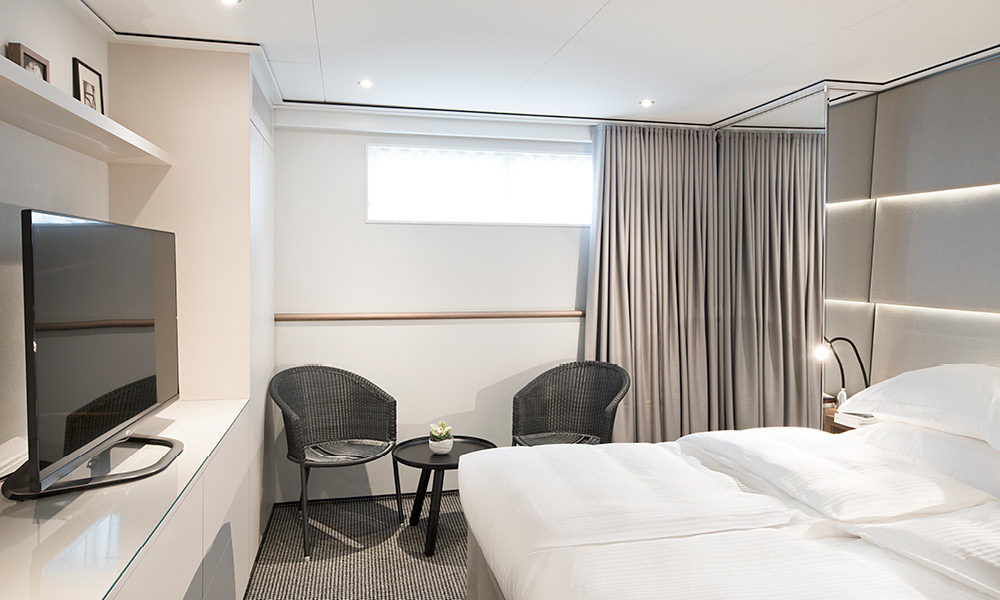
Emerald Radiance
Our innovative Star-Ships feature a wealth of contemporary design features. We’ve pushed the boundaries of European river cruising, carefully designing our three-tiered atrium and heated pool that seamlessly transforms into a cinema on selected evenings.
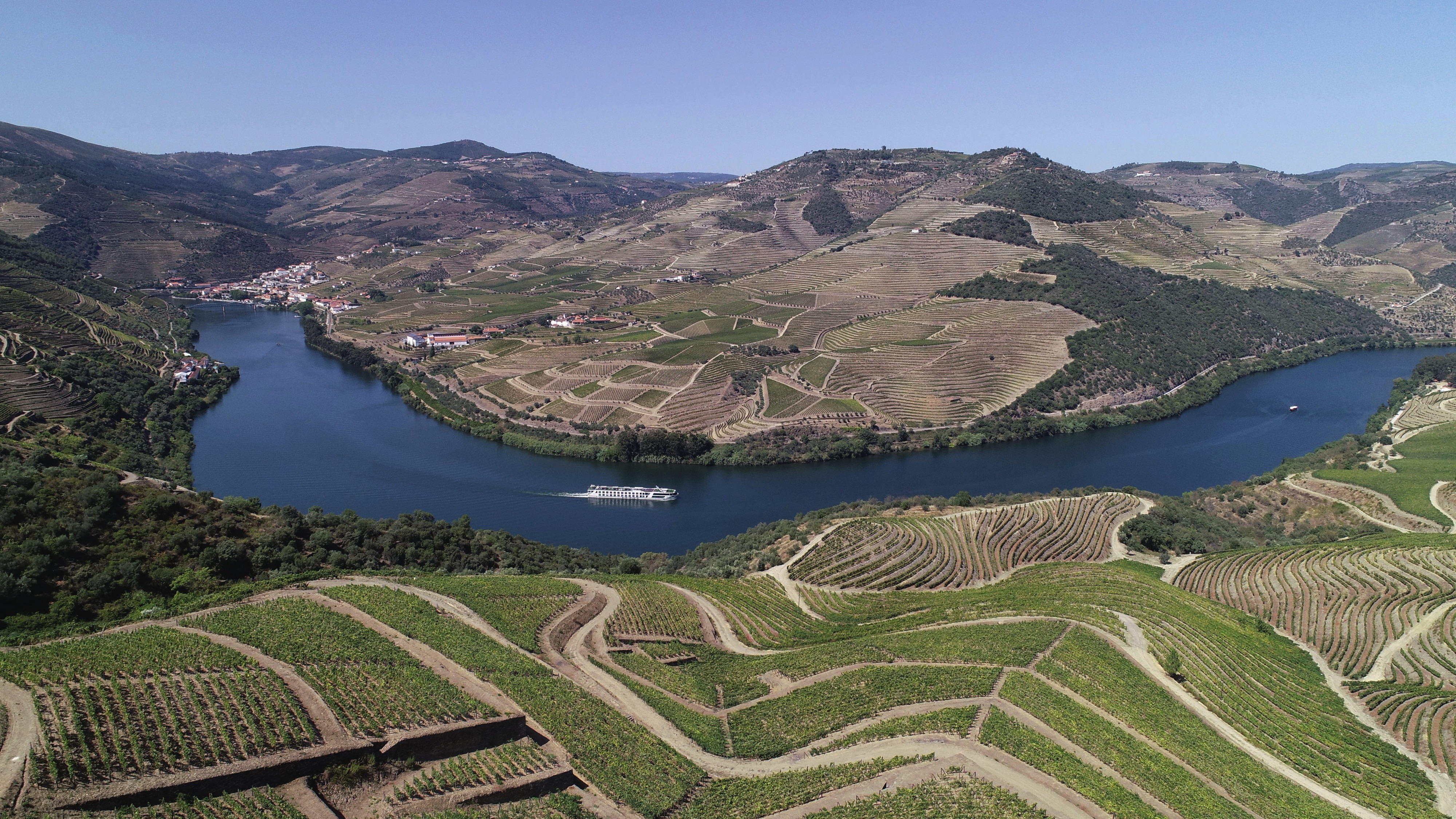
Ship Facts
| Launch Year | 2017 | ||||||
| Refit Year | |||||||
| Language | en-GB | ||||||
| Gross Tonnage | N/A | ||||||
| Length | 89 | ||||||
| Width | 11 | ||||||
| Currency | EUR | ||||||
| Speed | 11 | ||||||
| Capacity | 112 | ||||||
| Crew Count | 37 | ||||||
| Deck Count | 4 | ||||||
| Cabin Count | 56 | ||||||
| Large Cabin Count | 0 | ||||||
| Wheelchair Cabin Count | 0 | ||||||
| Electrical Plugs |
|
Sun Deck
- Sun Deck with Deck Chairs
- Navigation Bridge
- Sky Barbeque
- Walking Track
- Serenity Pool

Horizon Deck
- The Terrace
- Horizon bar and Lounge
- Reception
- Emerald Riverview Suite
- Owner's One Bedroom Suite
- Emerald Panorama Balcony Suite
- Lift

Vista Deck
- Reception
- Reflections Restaurant
- Emerald Panorama Balcony Suites
- Lift

Riviera Deck
- Wellness Area
- Fitness Area
- Emerald Staterooms
- Lift

Nothing beats sipping on your favourite drink at the Terrace as you watch the stunning scenery pass you by. Setting the benchmark in on board dining, the Reflections Restaurant is an elegant space to enjoy exquisite culinary experiences, imbued with continental flavours.
Explore the unique flavours of the regions you sail through
We believe that food should reflect local flavours, which is why our menus take inspiration from the regions we sail in. Our chefs source local ingredients, creating meals that capture authentic cuisine no matter where your journey takes you.
Reflections Restaurant
Our premiere on board dining spot
With open seating and elegant design, our Reflections Restaurant sets the benchmark in on board dining across our fleet of boutique Star-Ships throughout Europe and Southeast Asia. Here, savour delightful chef-prepared meals for breakfast, lunch, and dinner, with dishes inspired by local flavours and a few favourites you may recognise from home.
The Terrace
Dine alfresco
A beautifully decked area in the forward of our European Star-Ships, The Terrace provides a lovely retreat from which to enjoy a light snack or refreshing drink. Depending on the ship, this partly indoor and outdoor space is a spectacular vantage point from which to soak up the scenery, whatever the weather. This peaceful setting is also a great spot to enjoy a drink as the wonders of the landscape pass by.
Sky Barbecue
Healthy Dining
The freshest ingredients
Dine on delectable meals made with fresh, locally sourced produce.
Lunch with a view
Enjoy healthy meals while soaking in the stunning views and fresh air.
A range of dietary options
Sample amazing vegetarian, vegan, and gluten-free meal options^. ^Please inform your crew of any dietary requirements.
As the host on-board, our Cruise Directors strive to ensure there’s never a dull moment during an Emerald Cruises river cruise. With this in mind, a fantastic range of entertaining activities are available for you to enjoy.
Thanks to the unique design of our Star-Ships, we are able to host a unique event program throughout your cruise. In the Horizon Bar & Lounge, immerse yourself in ancient folklores, passed from one generation to another for hundreds of years, during an authentic show. Or, let the music of a nation sweep you off your feet as a local band takes to the floor in their traditional attire. Alternatively, catch that film you never got round to seeing during movie nights in the cinema.
Reception
Located in the centre of the Star-Ship, the Emerald Radiance reception area is where you will find our friendly crew who are available 24/7 to help with anything you should need, while the reception also doubles as a meeting point for the day’s excursions.
Horizon Bar and Lounge
Introducing the Horizon Bar & Lounge, a spacious and airy hub for drinking and relaxing. Meet new friends, catch-up about the day’s excursions and enjoy a cocktail or two after nightfall. It’s here you will find our state-of-the-art coffee machines, offering a selection of complimentary hot beverages day or night.
Serenity Pool
Unlike our Star-Ships sailing the Rhine, Danube and Rhône rivers, the pool on-board Emerald Radiance can be found on the Sun Deck. Custom-built for Portugal’s warmer climate, cool off and enjoy a rejuvenating dip whenever you fancy in the spa-style Serenity Pool. With the sun on your face and the inspiring landscapes of the Douro all around, there’s no better way to unwind after a memorable morning of sightseeing.
Sun Deck
Take in the inspiring vistas of the Douro from the panoramic Sun Deck, your space for sun-worshipping and sightseeing on-board Emerald Radiance. With sun loungers and deck chairs aplenty, this is the perfect place for working on your tan or enjoying the scenery as you travel through Portugal.